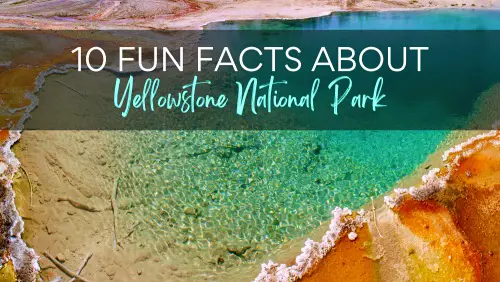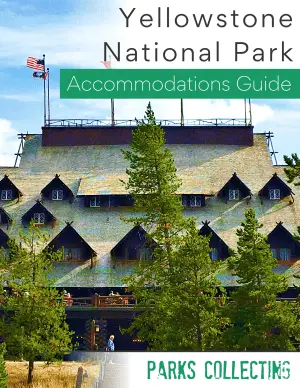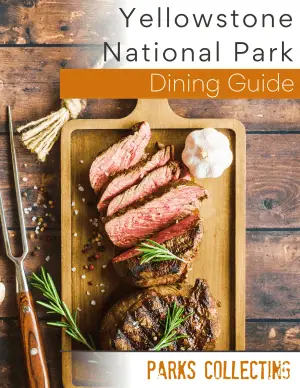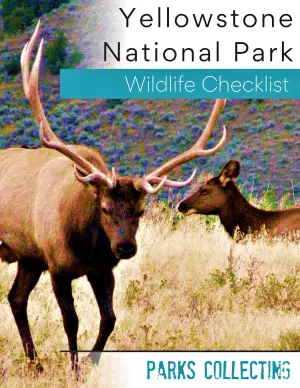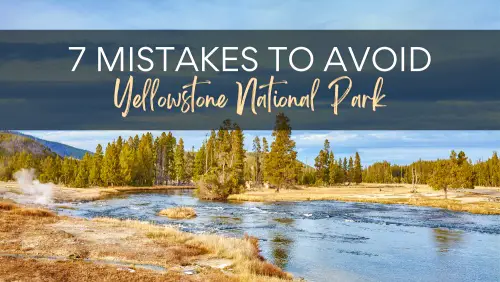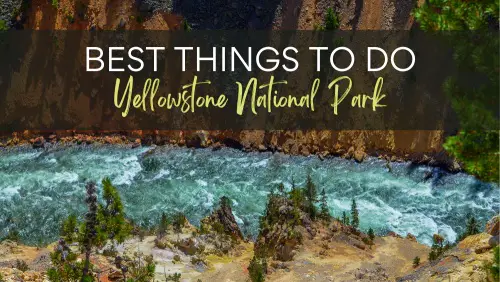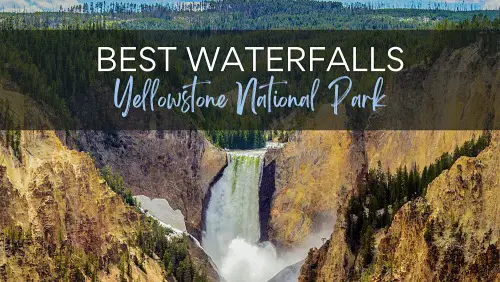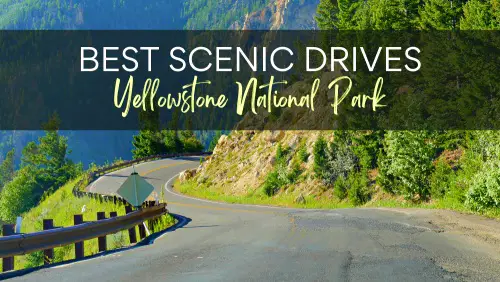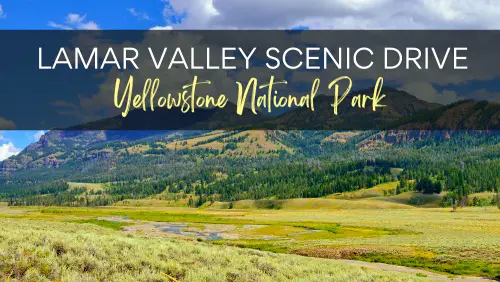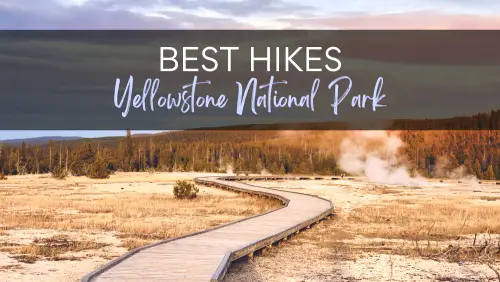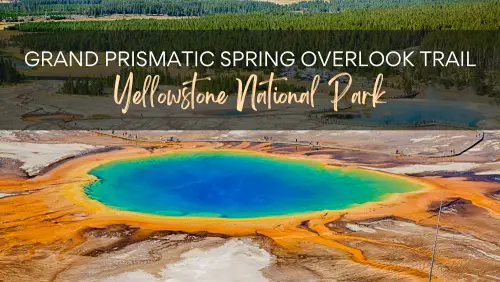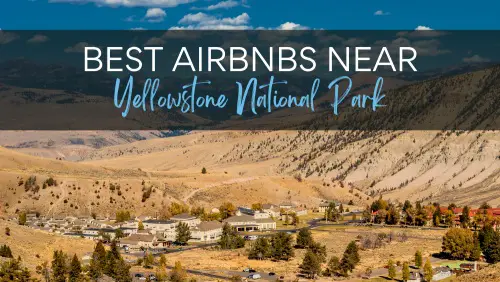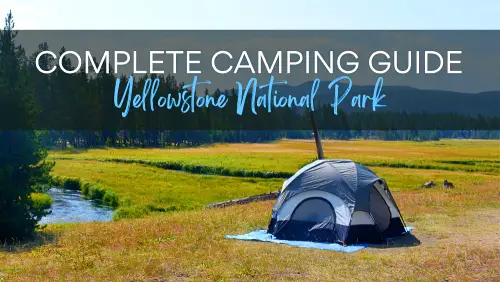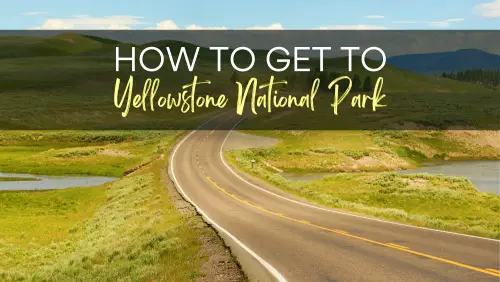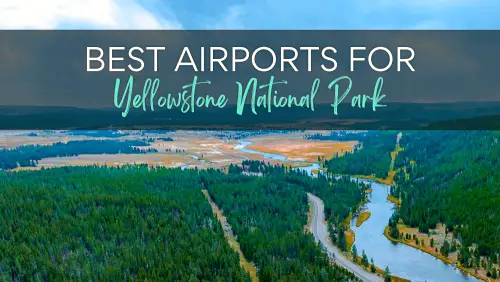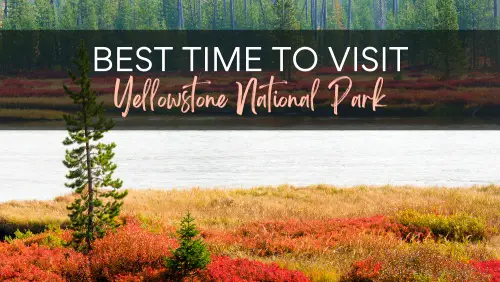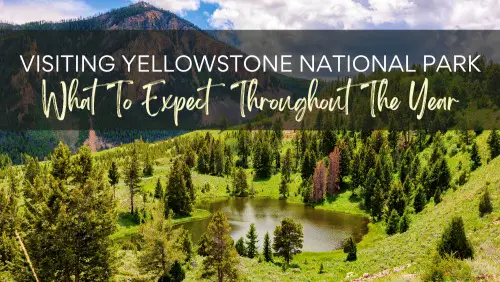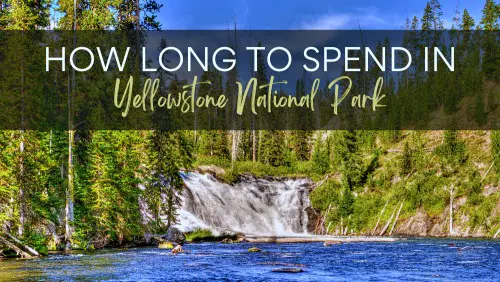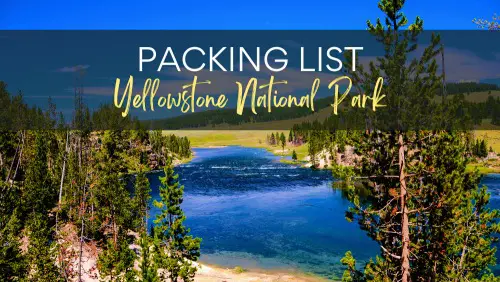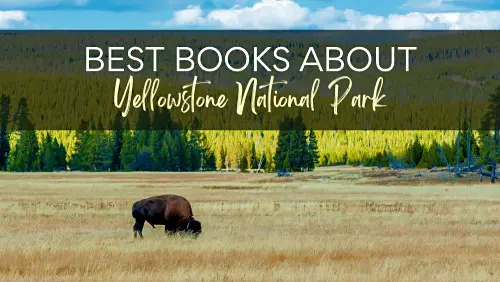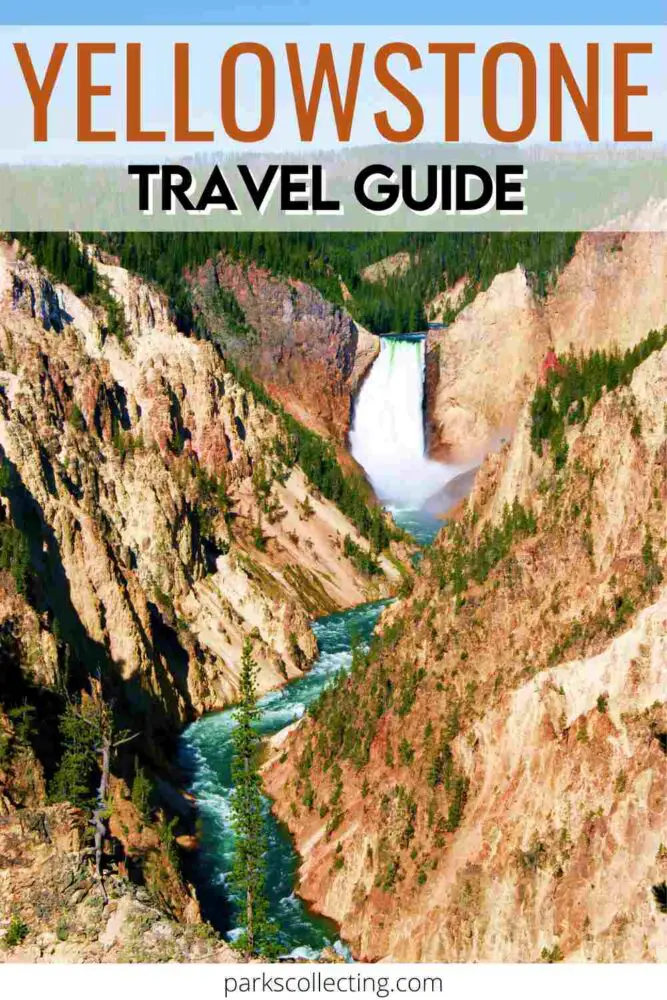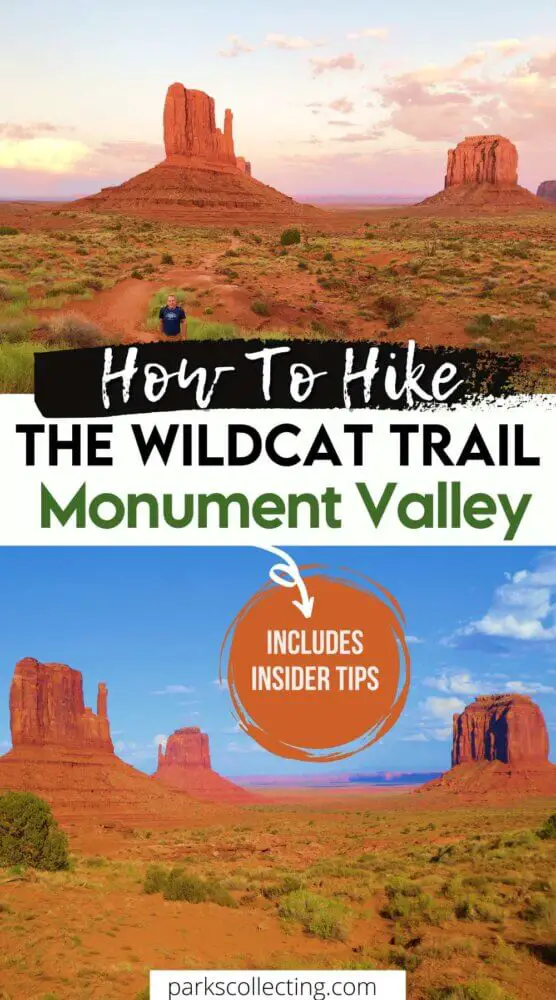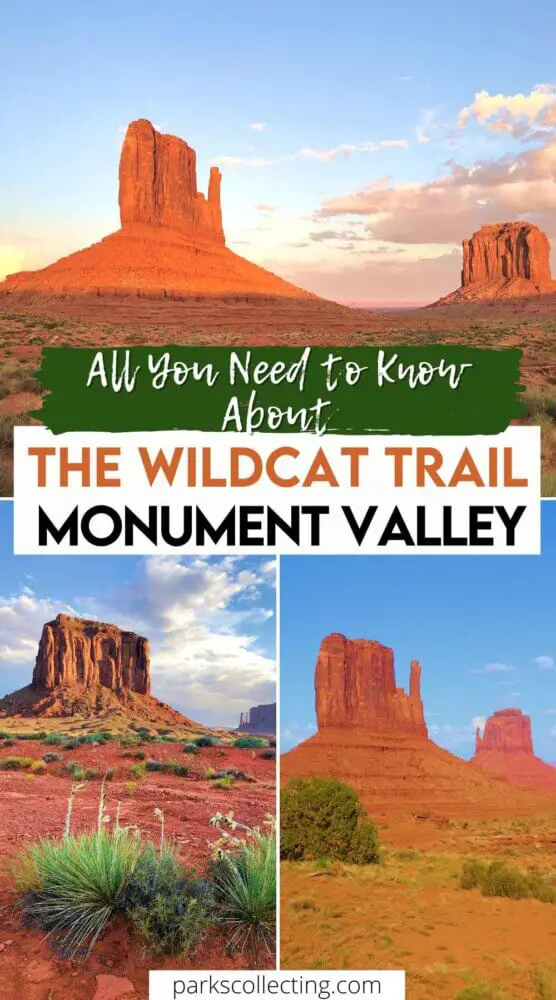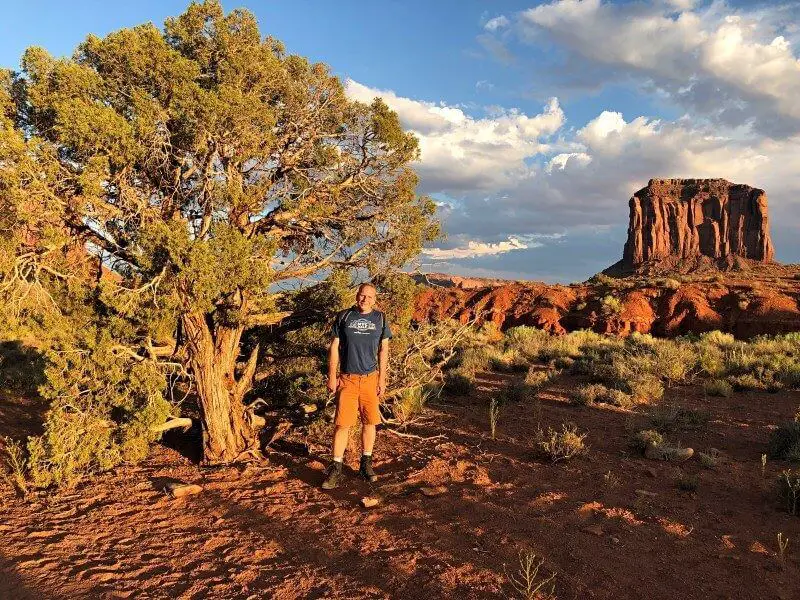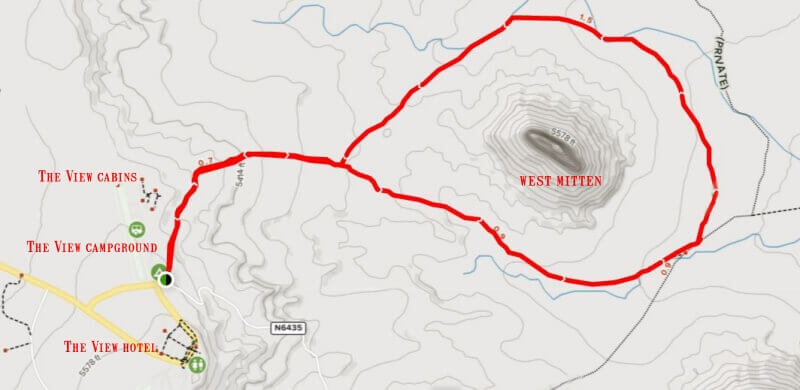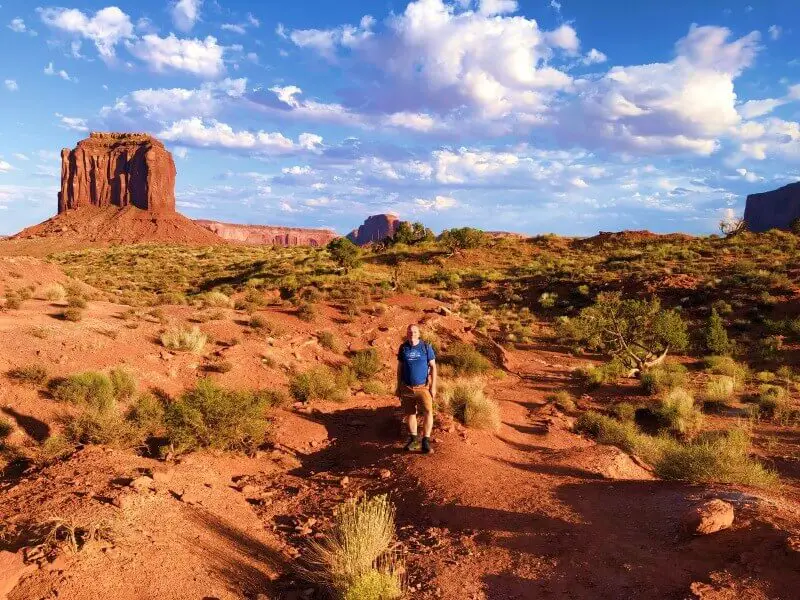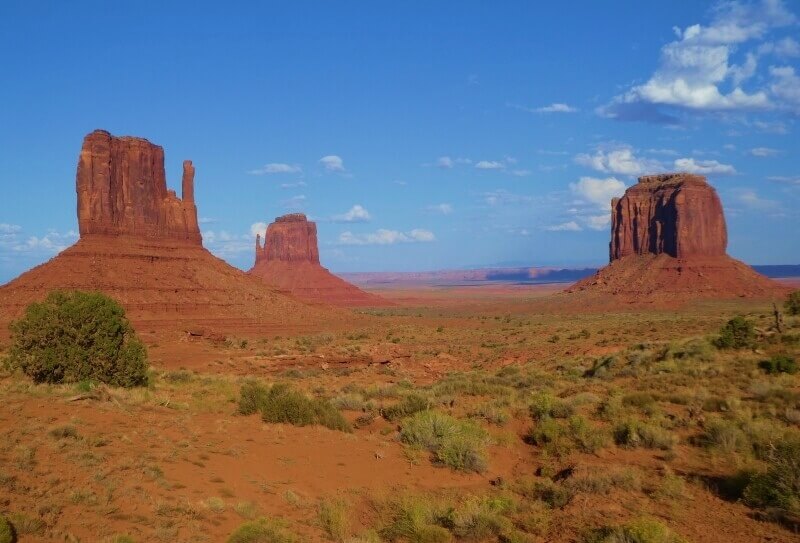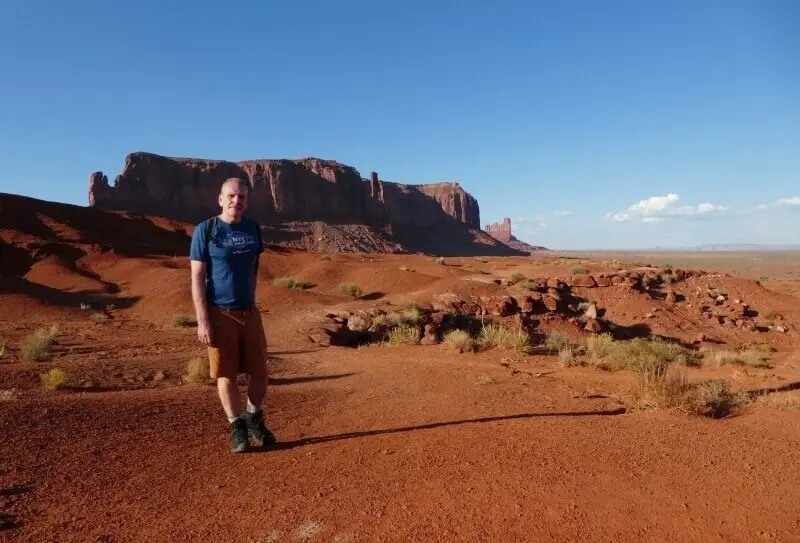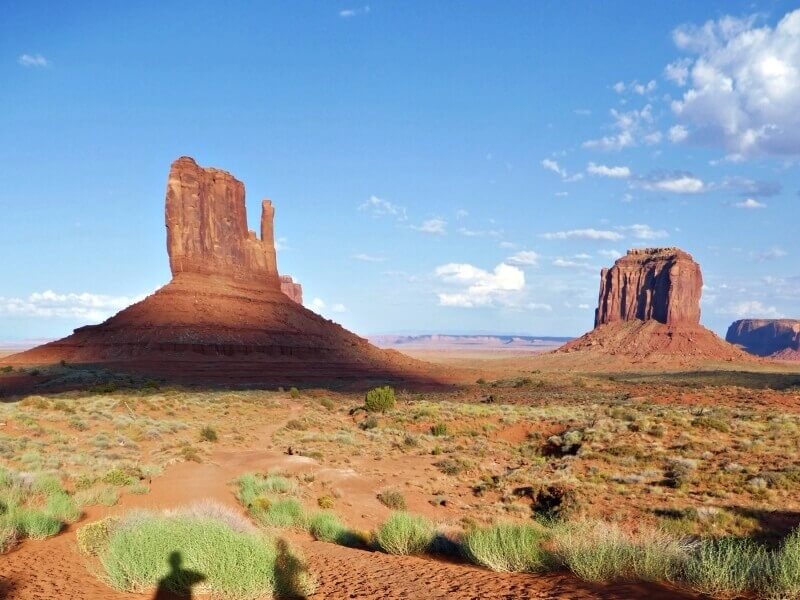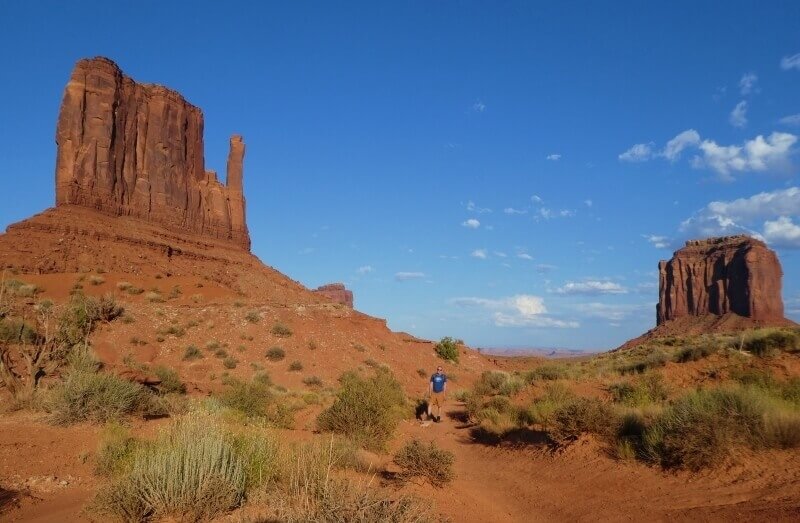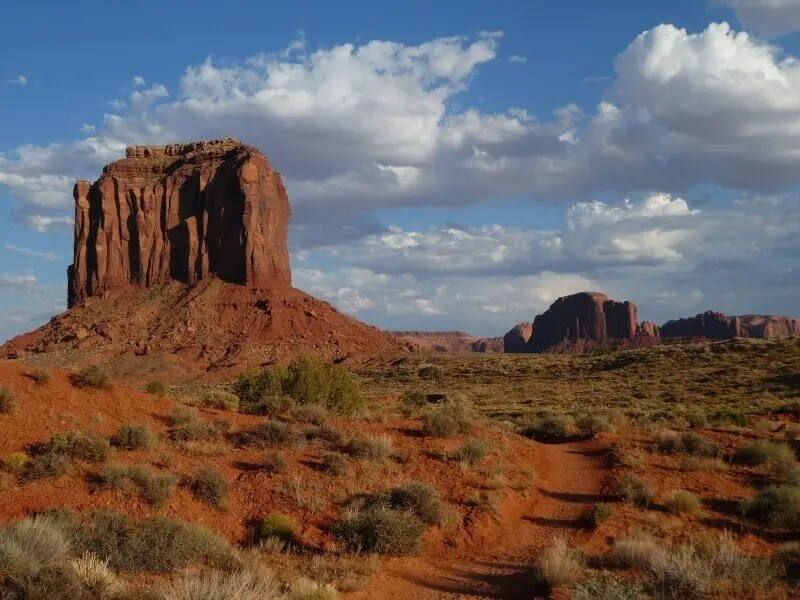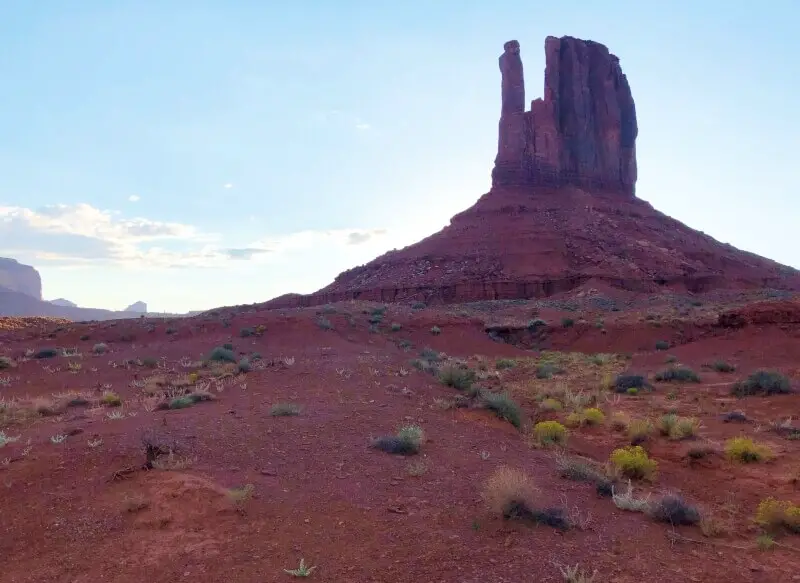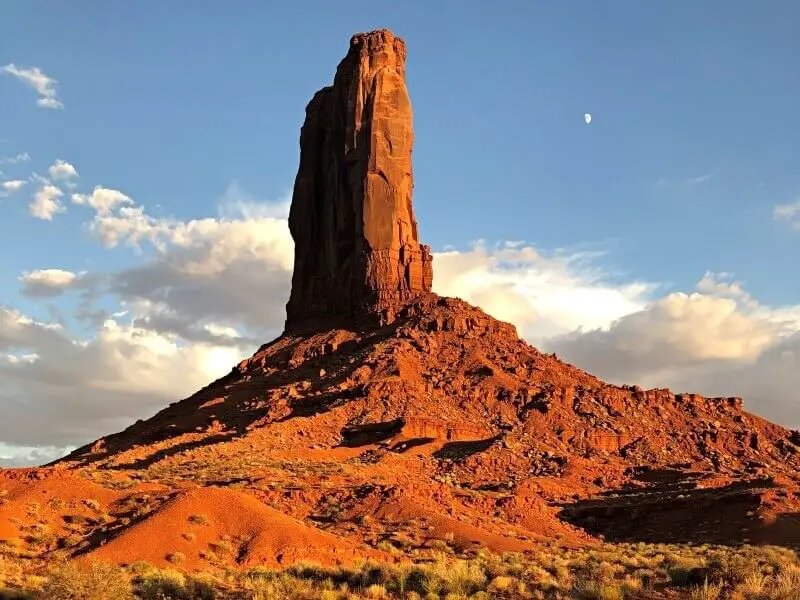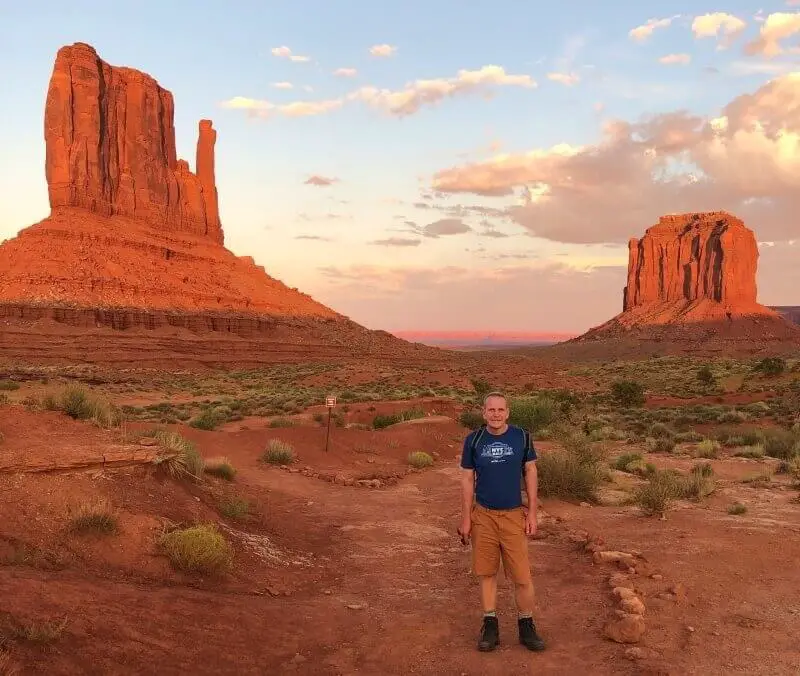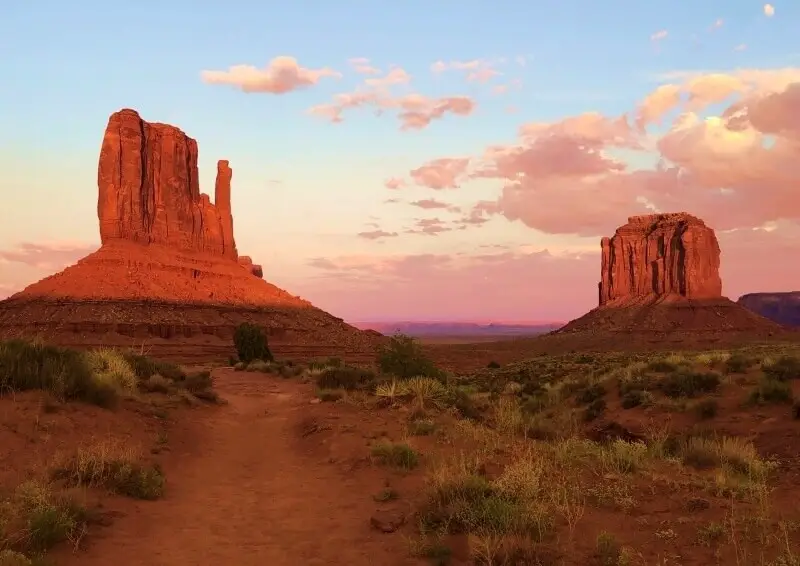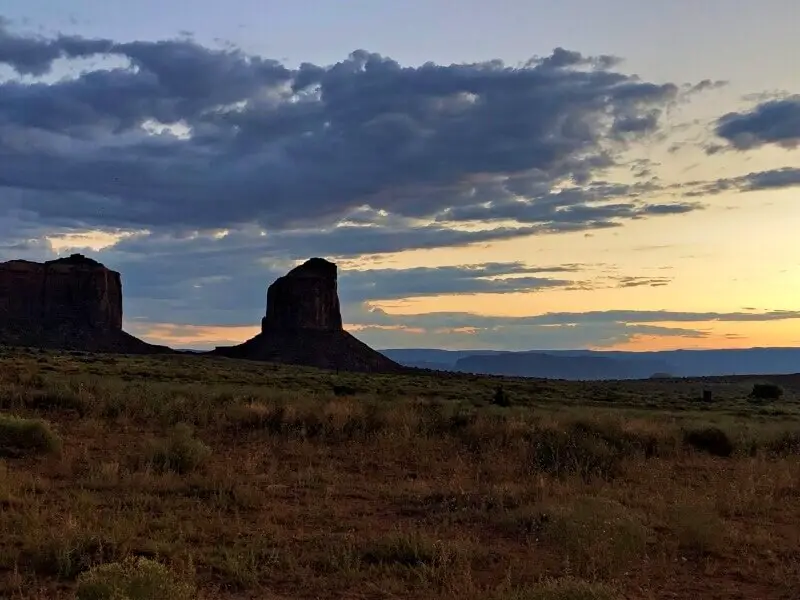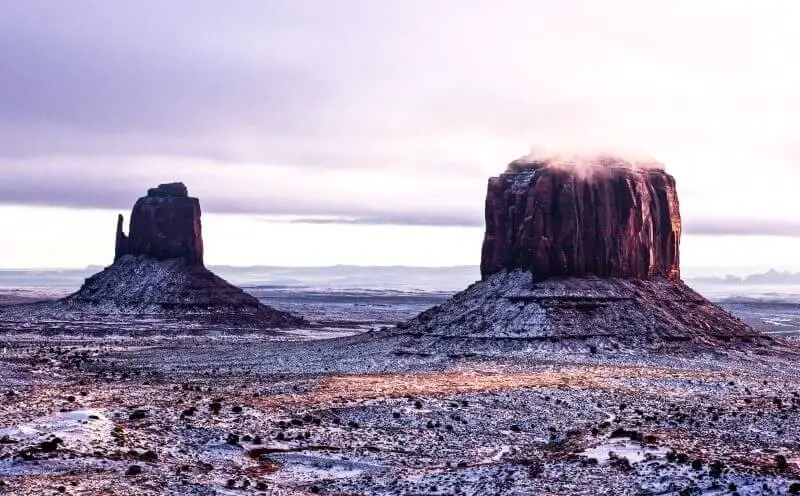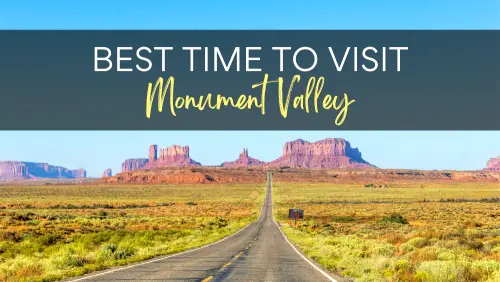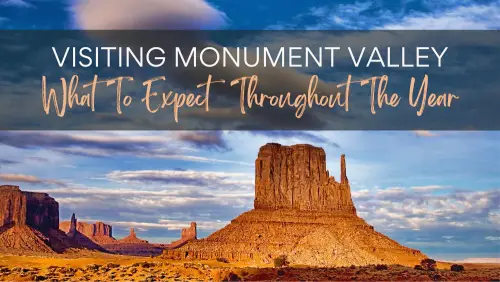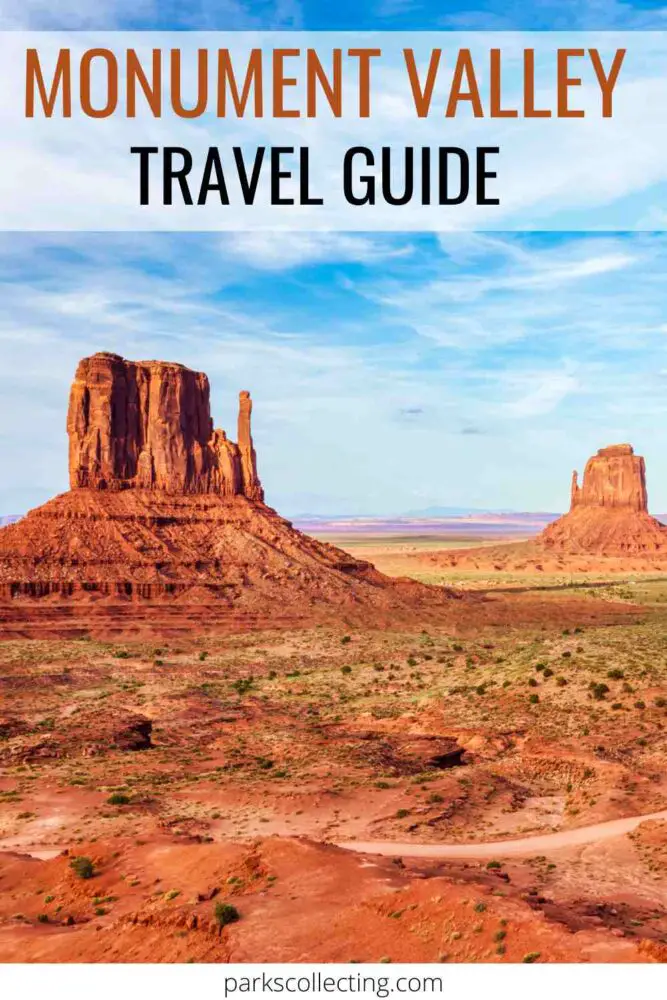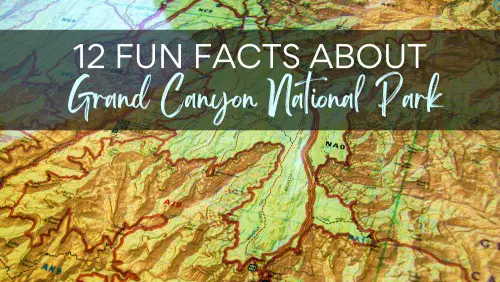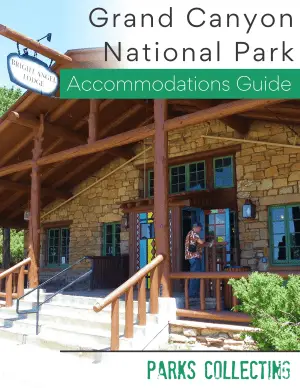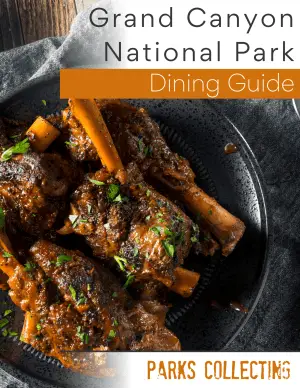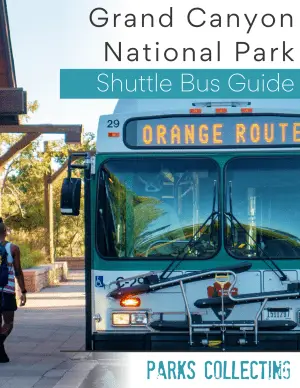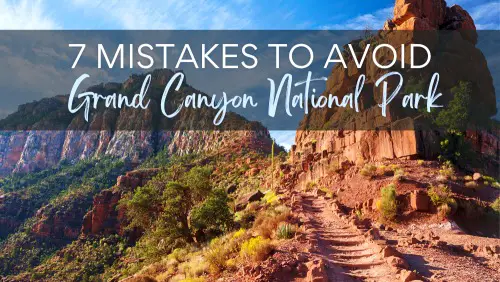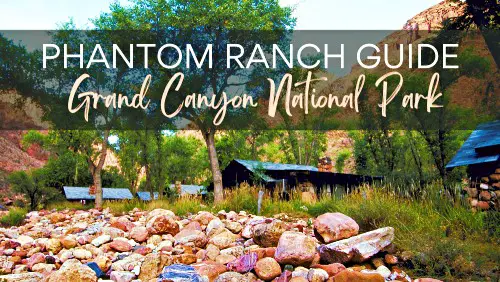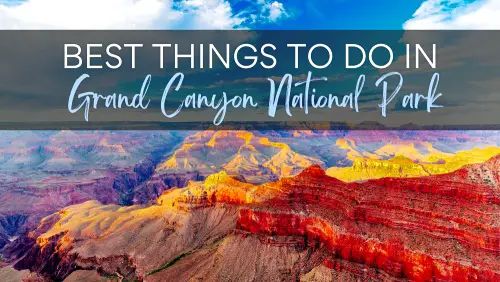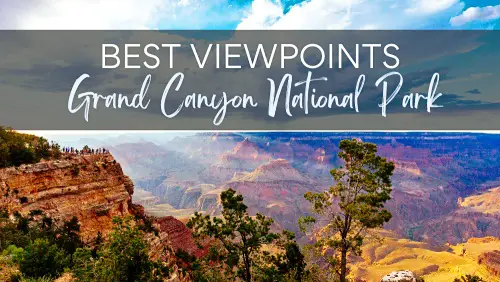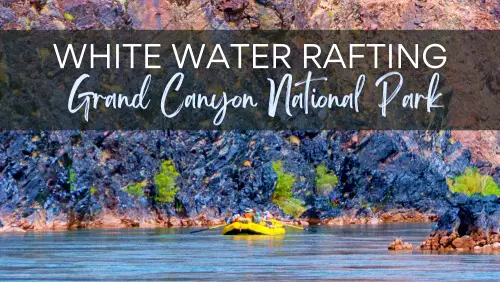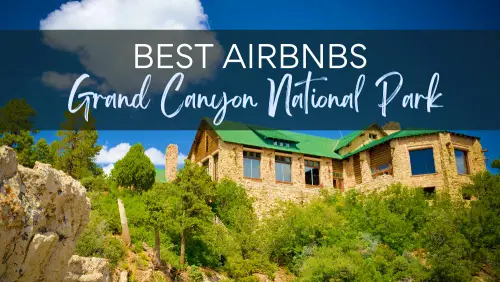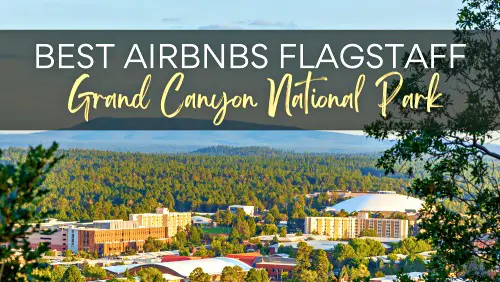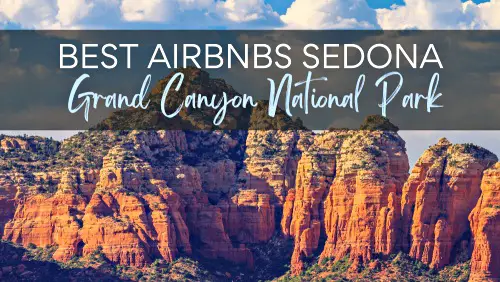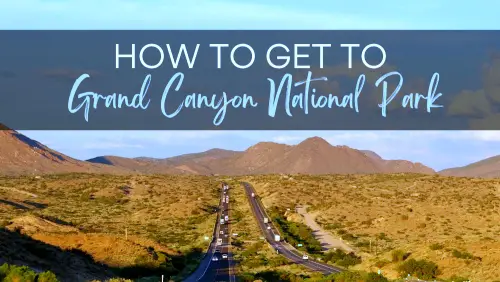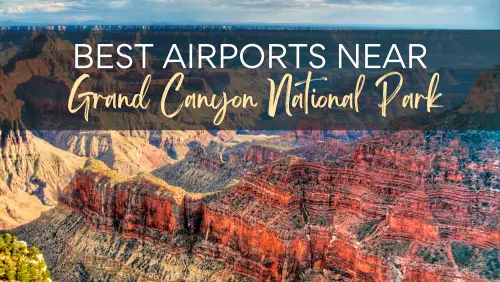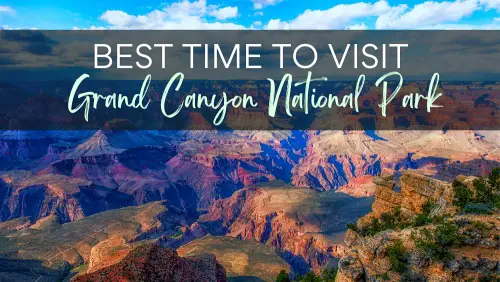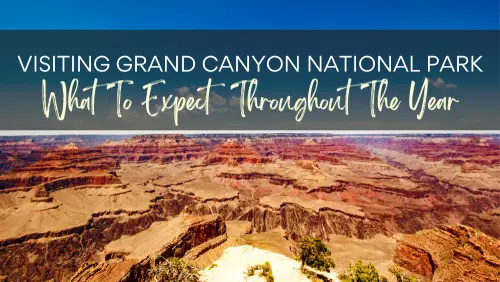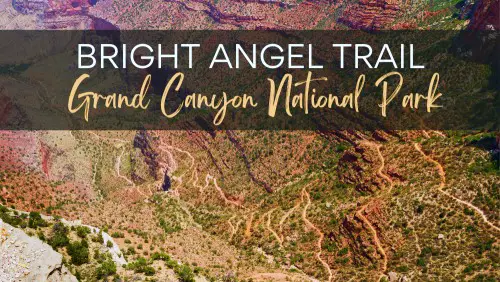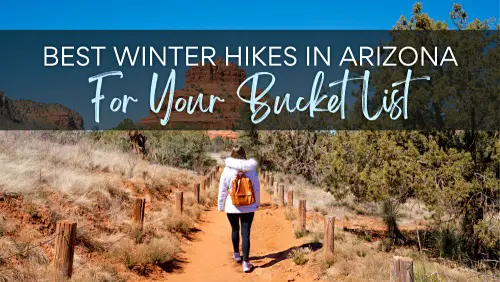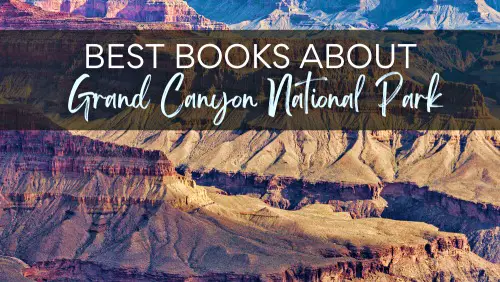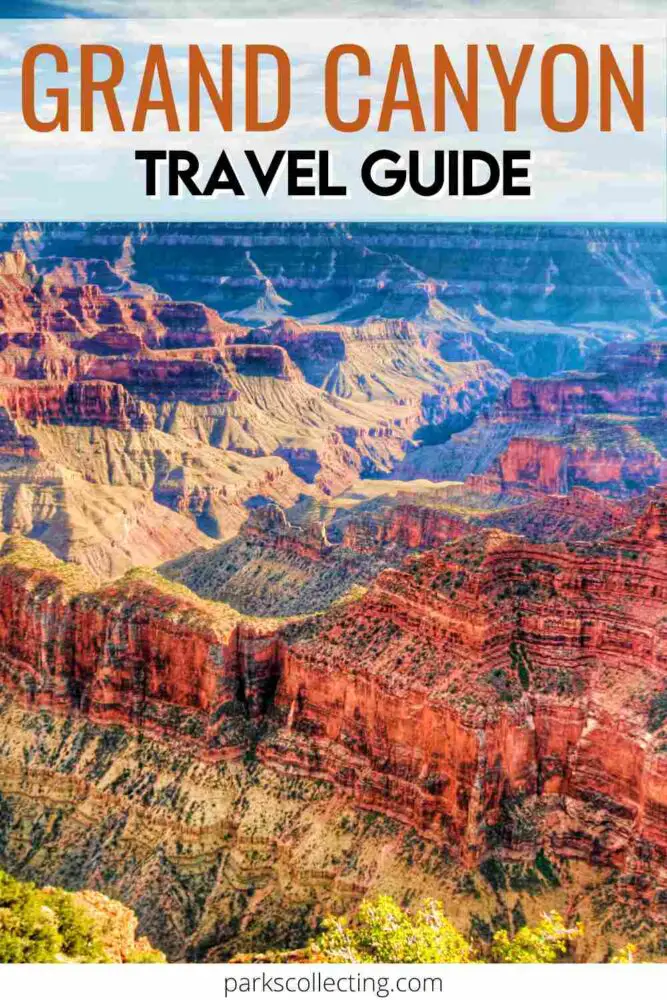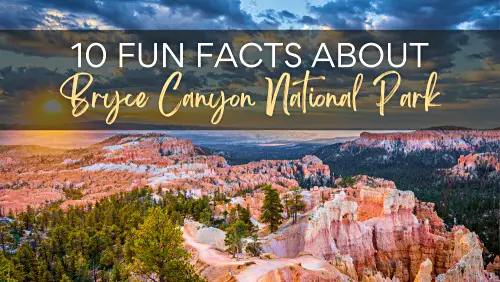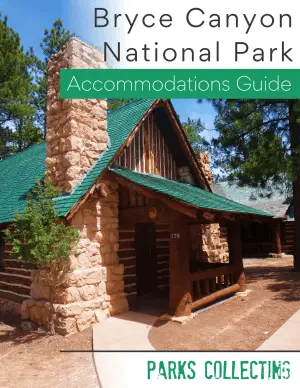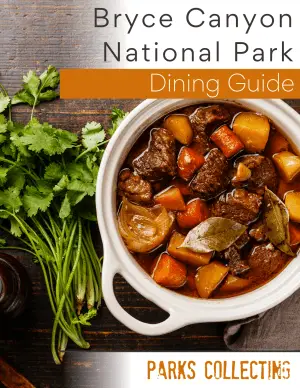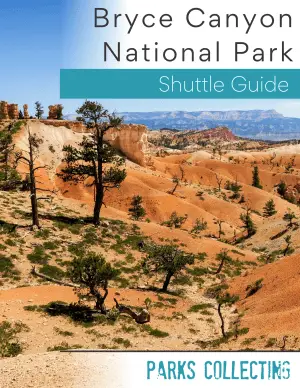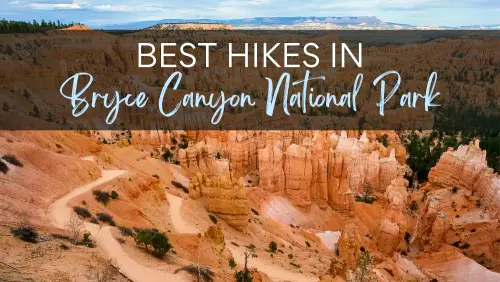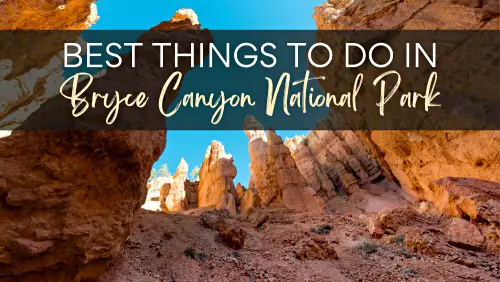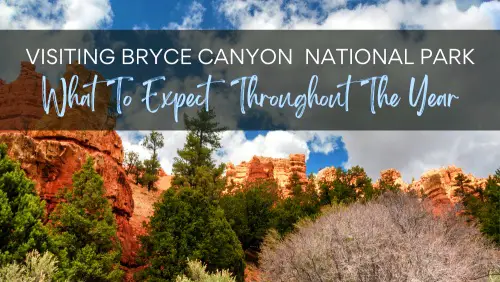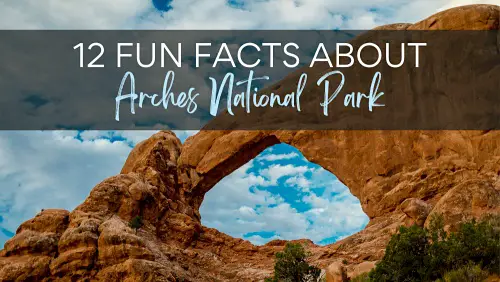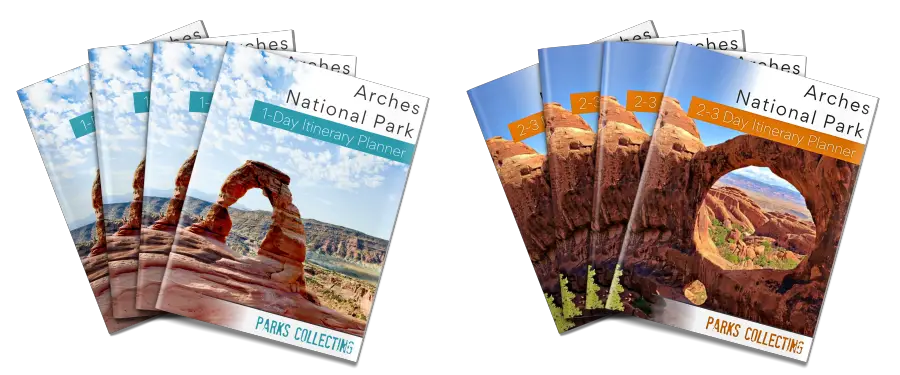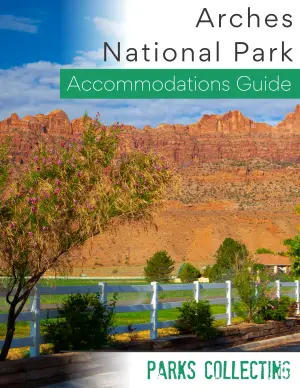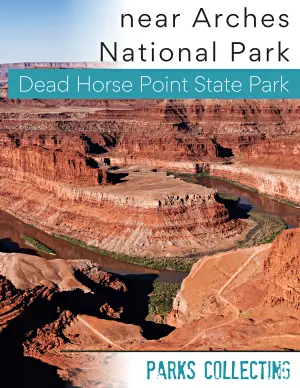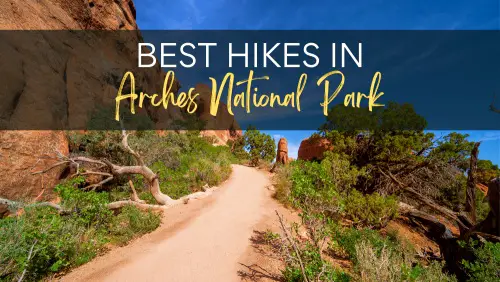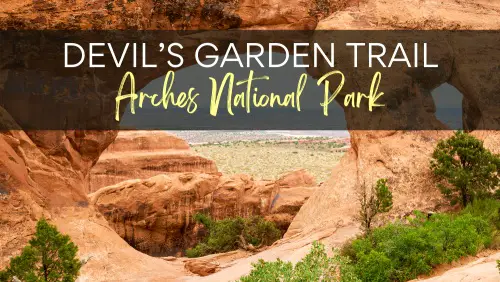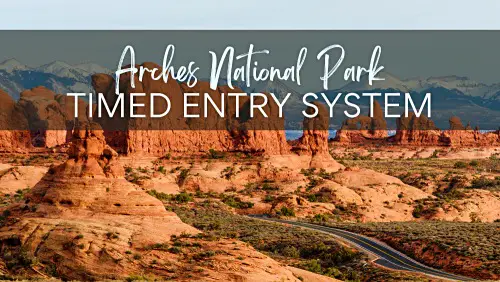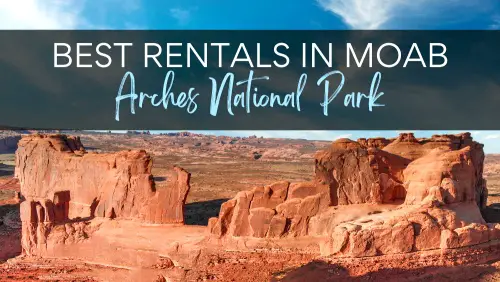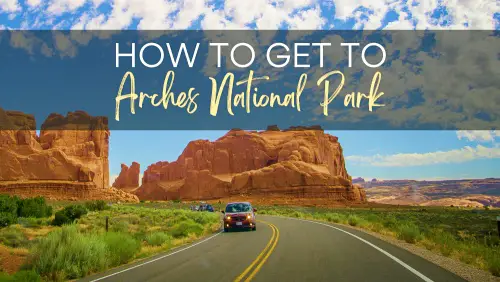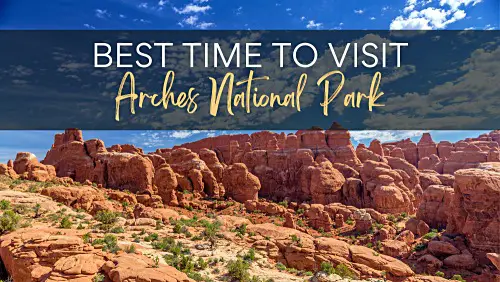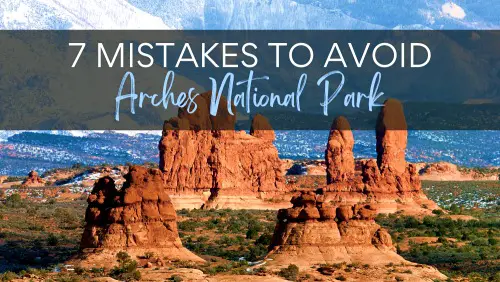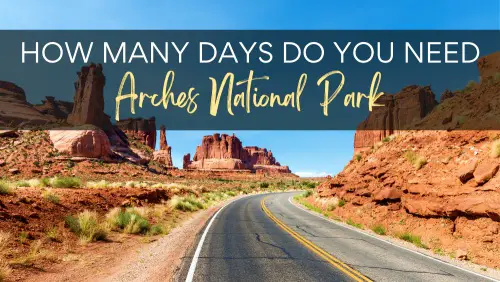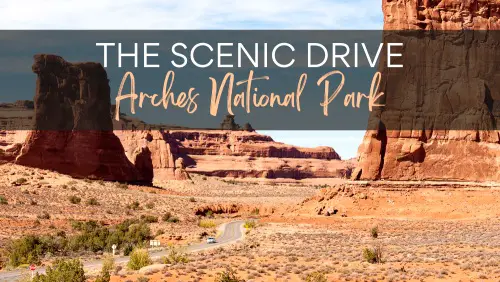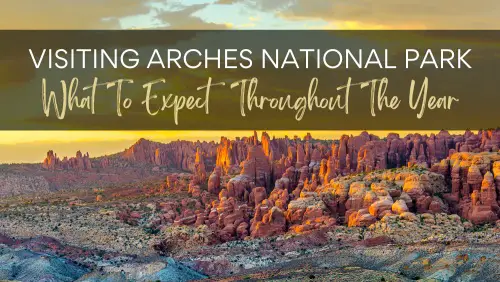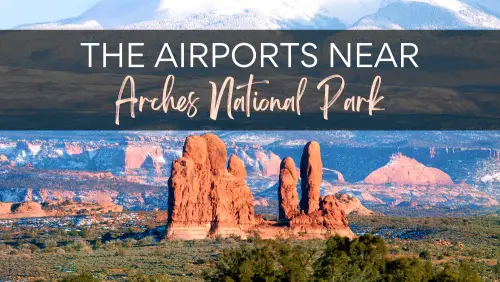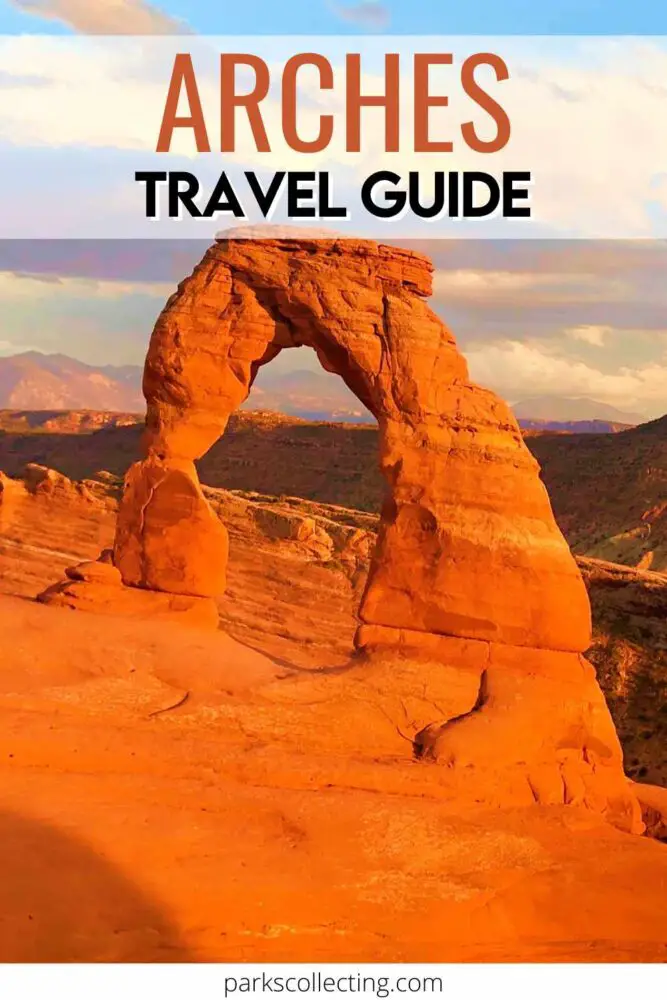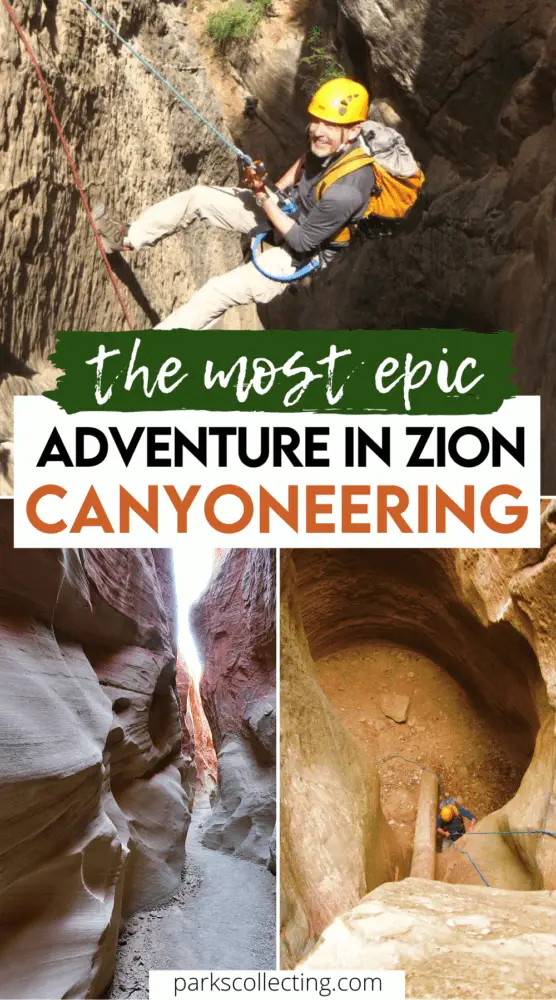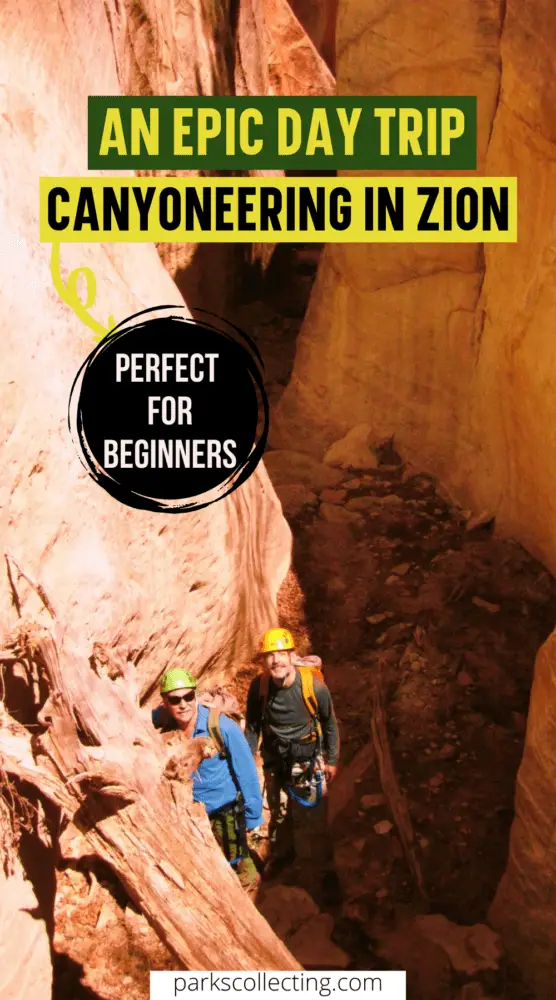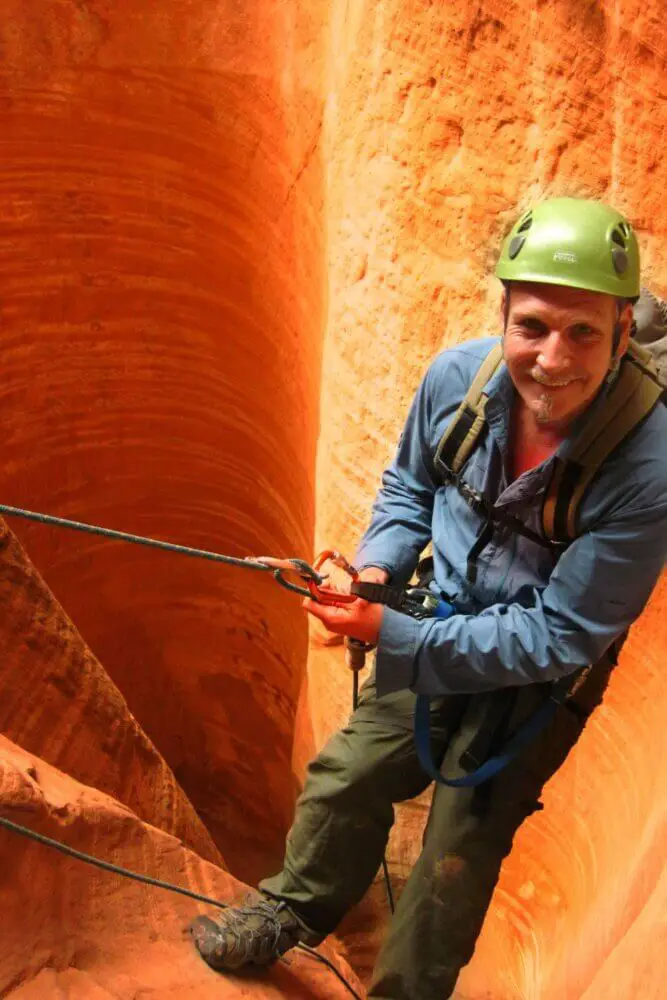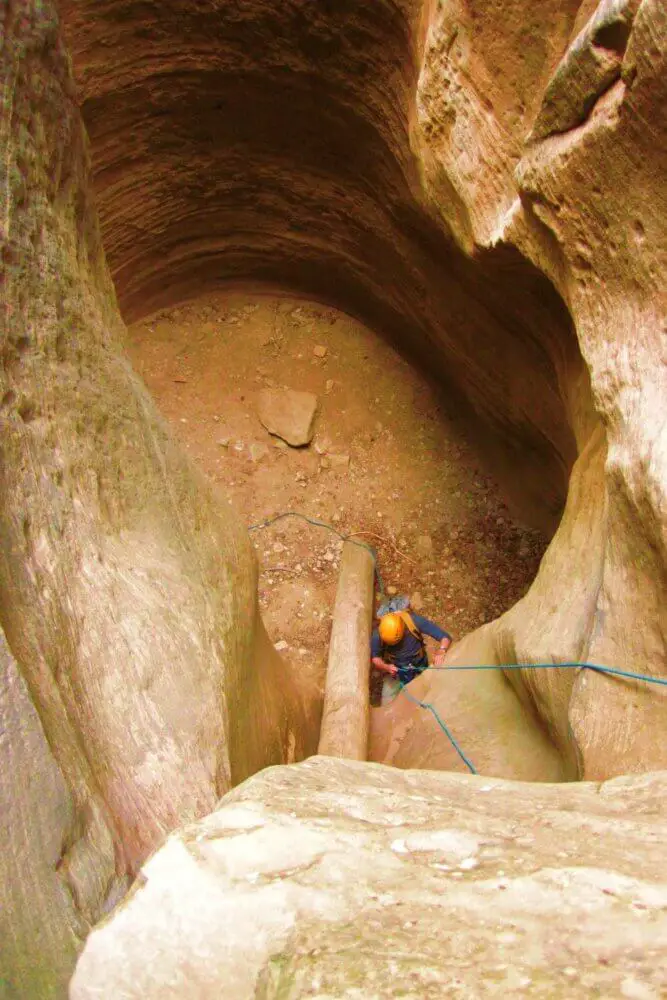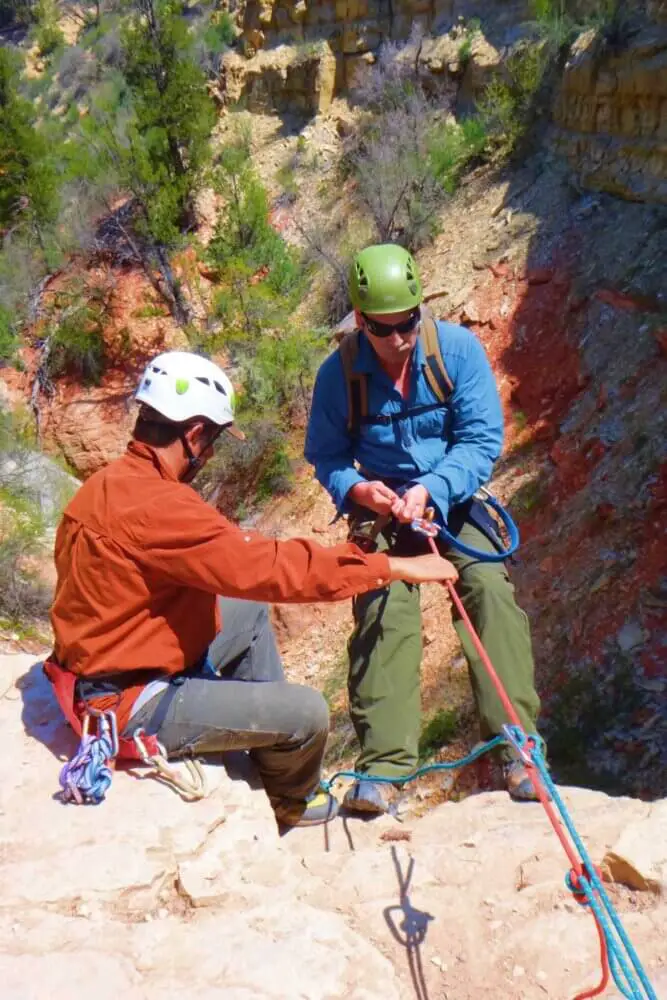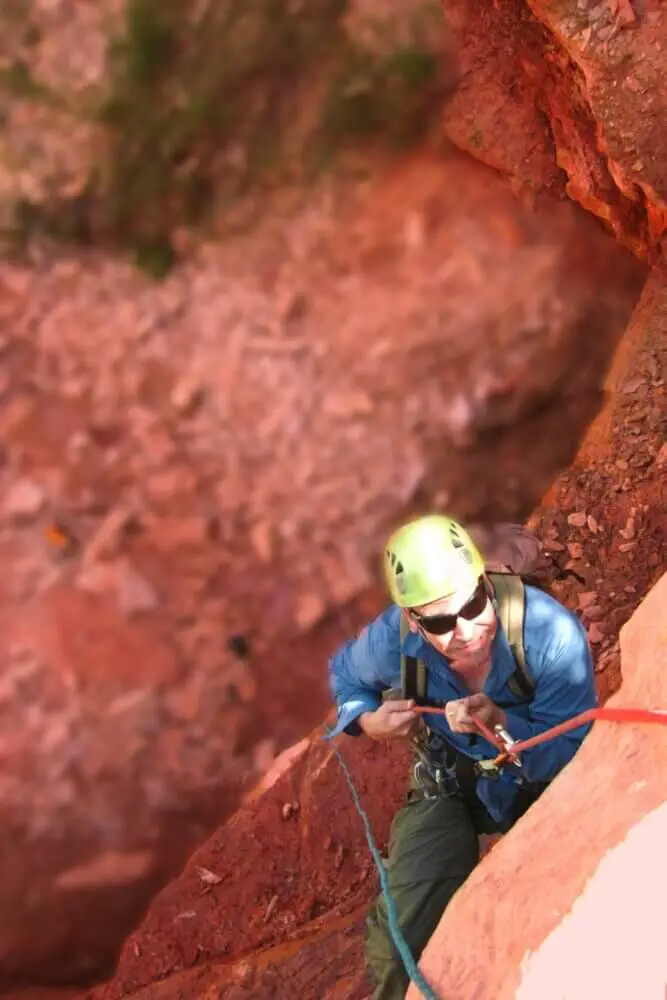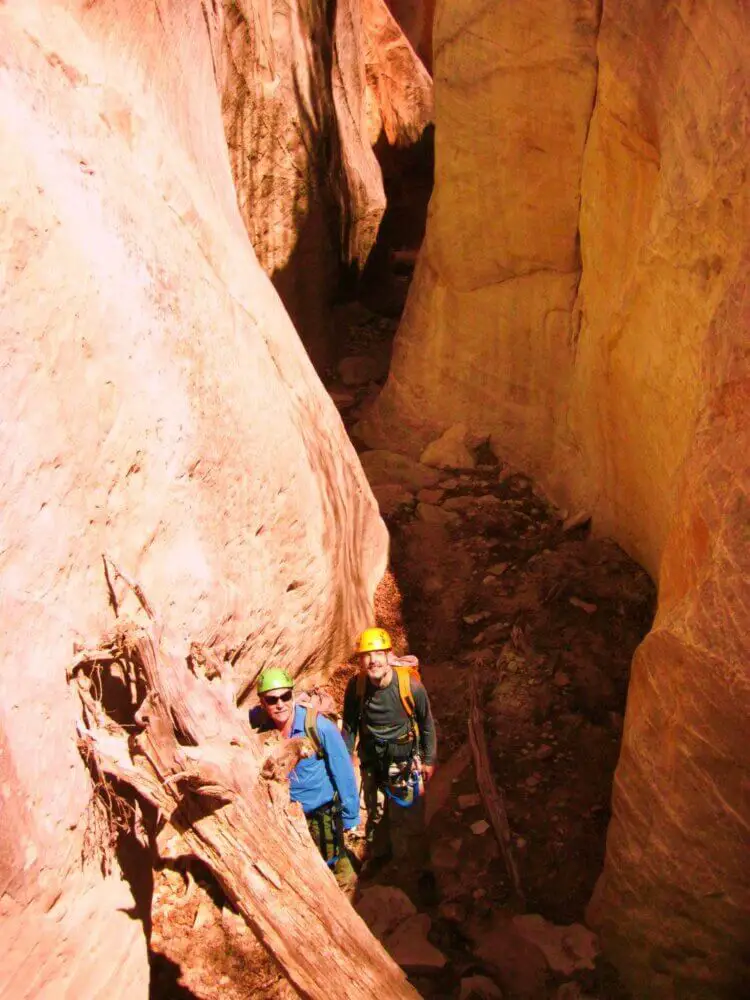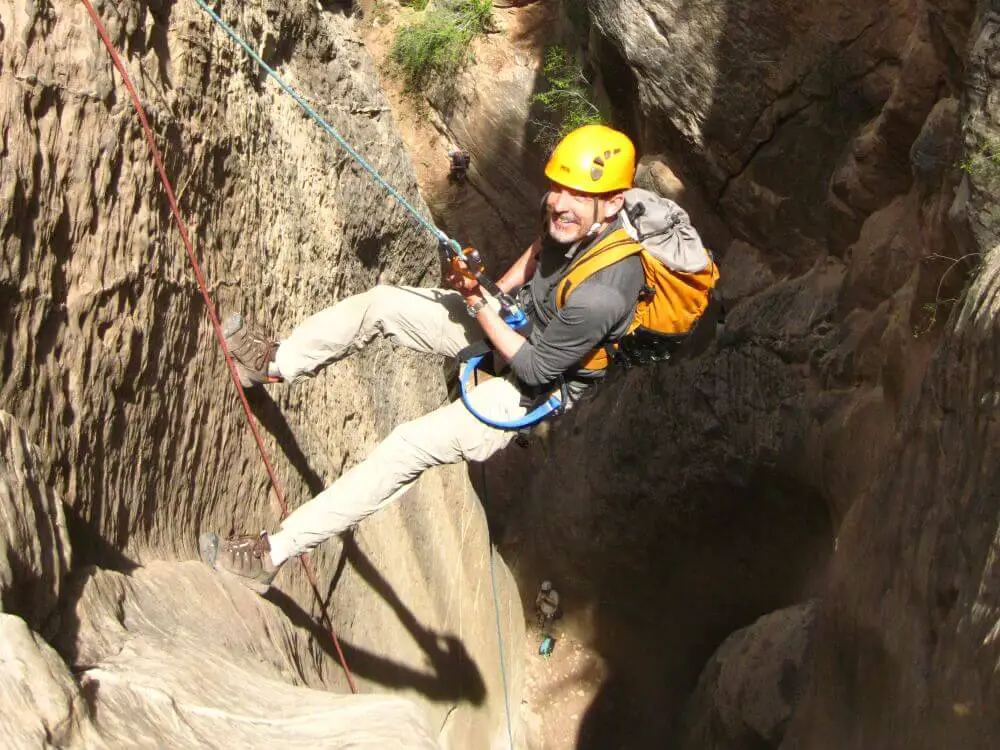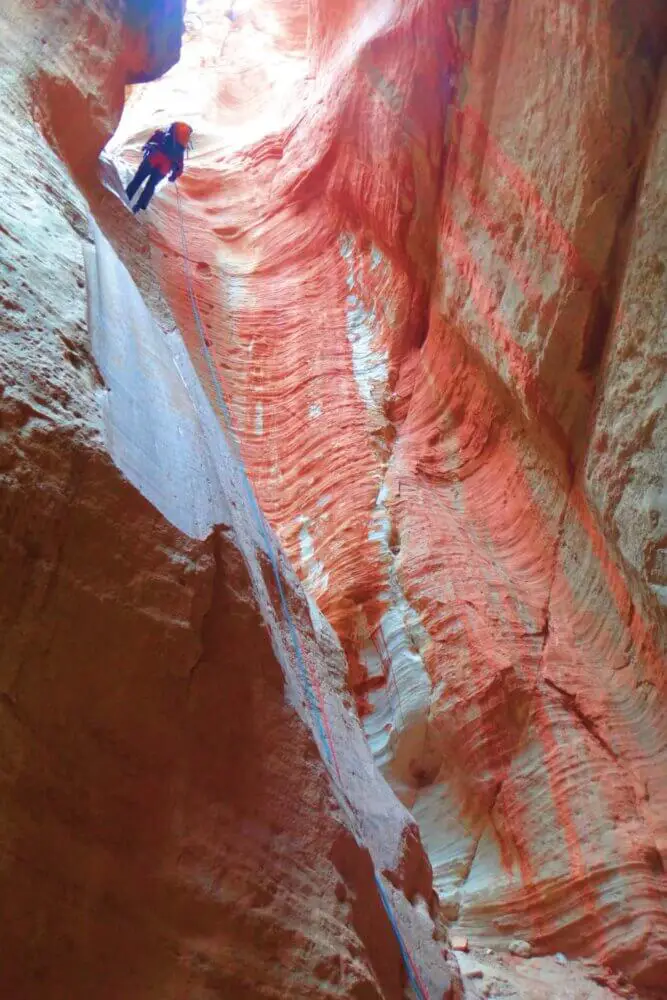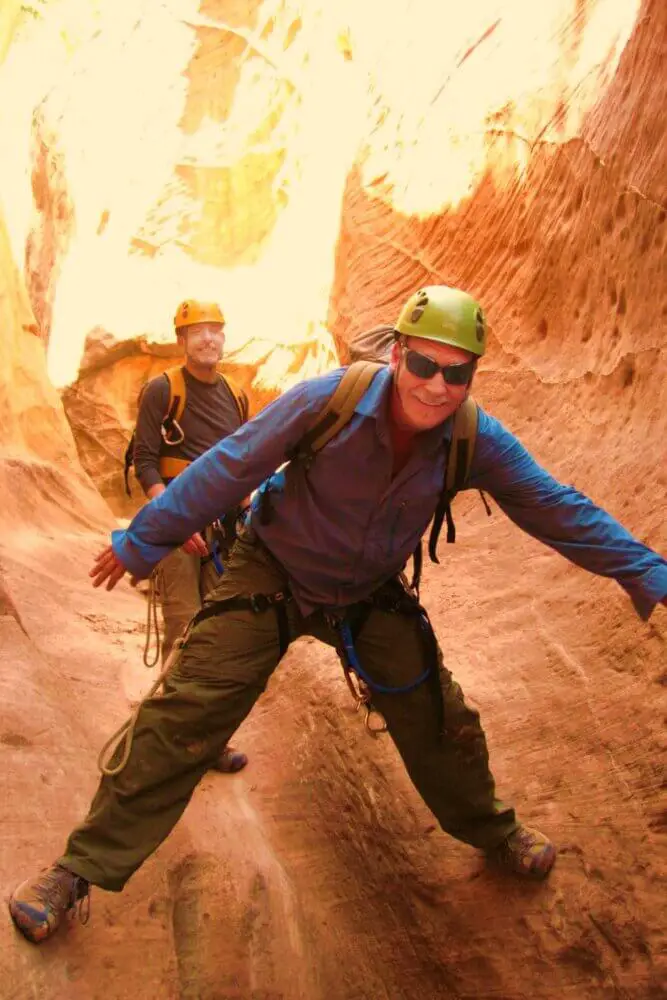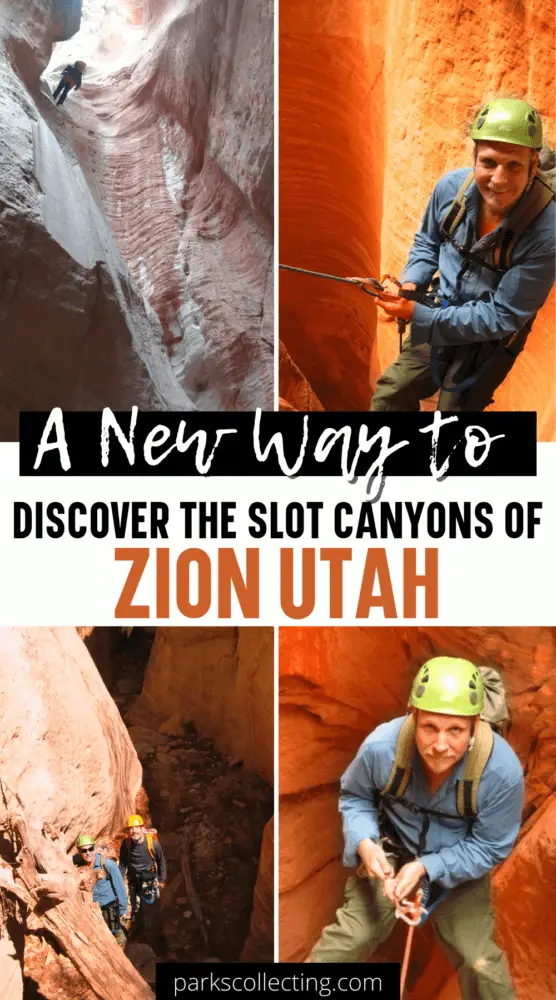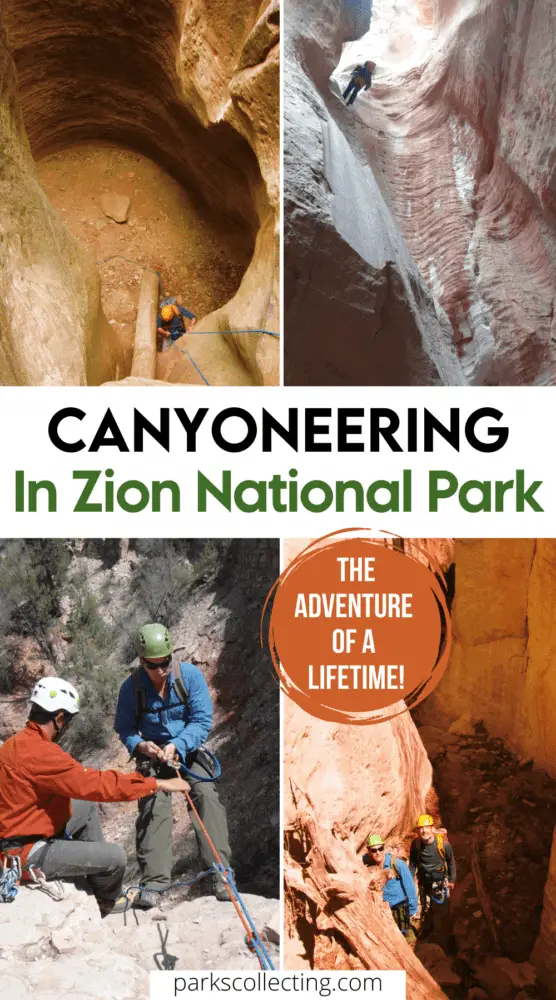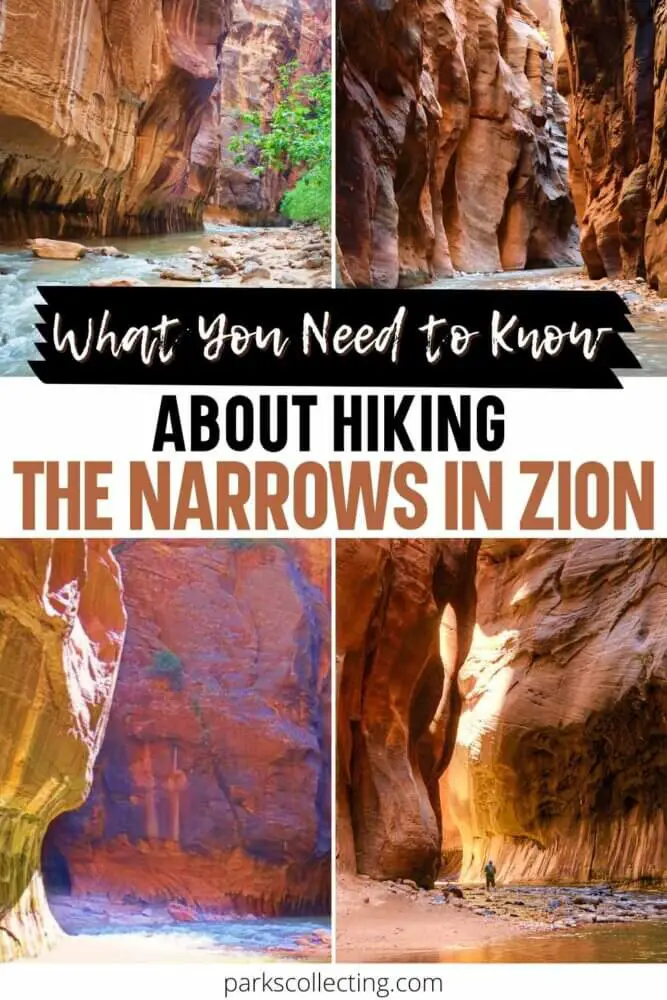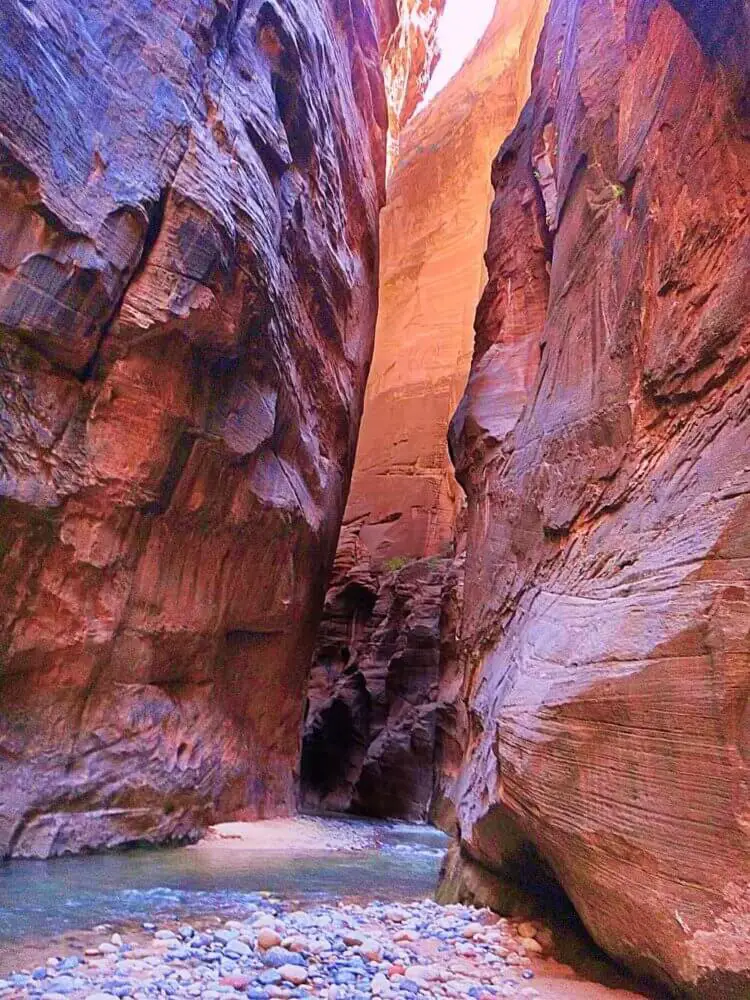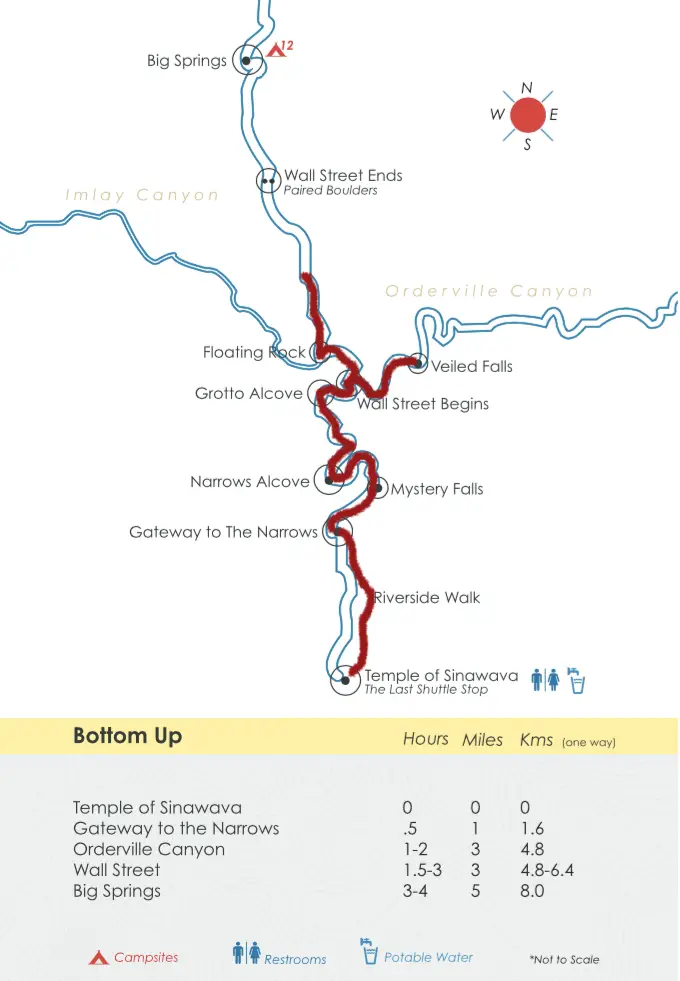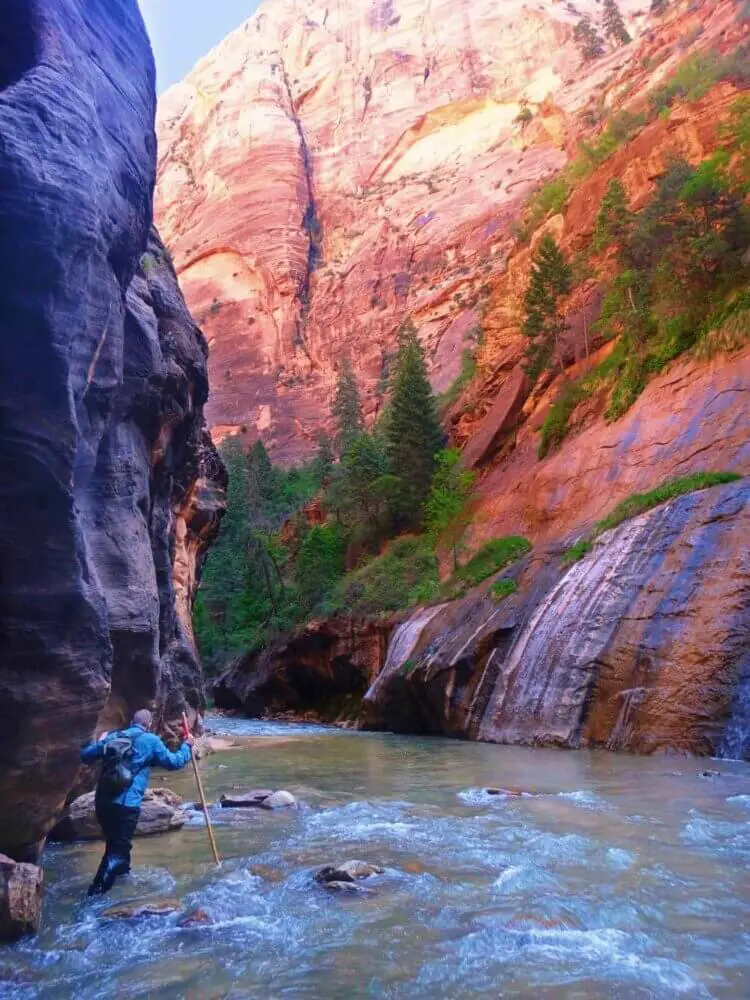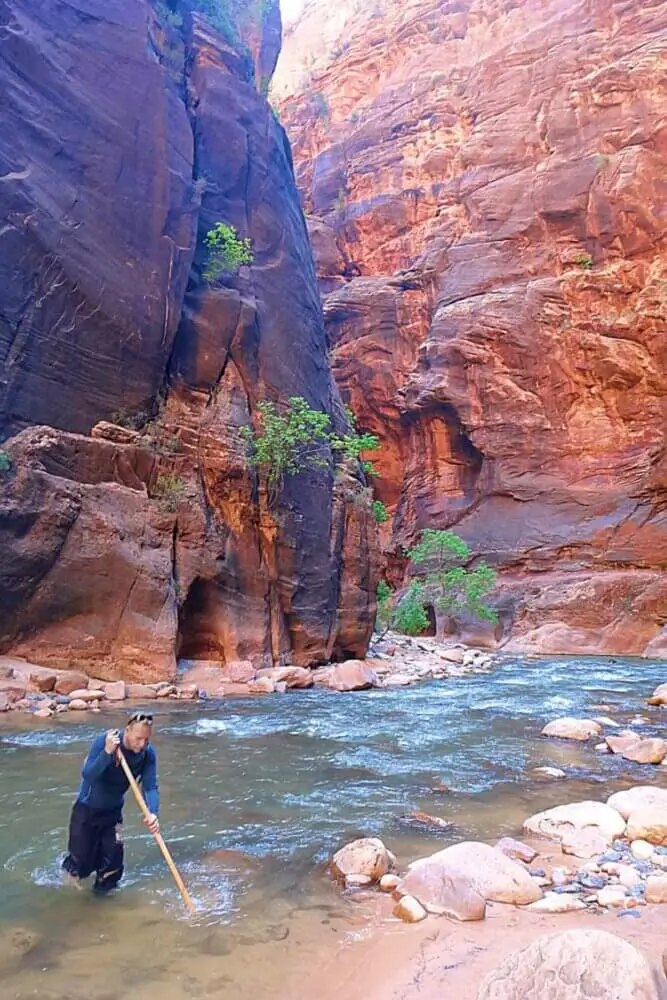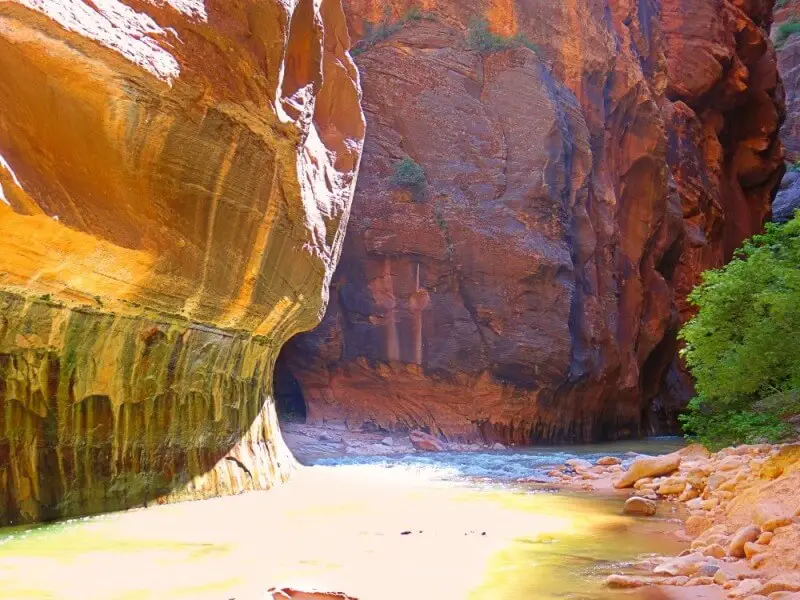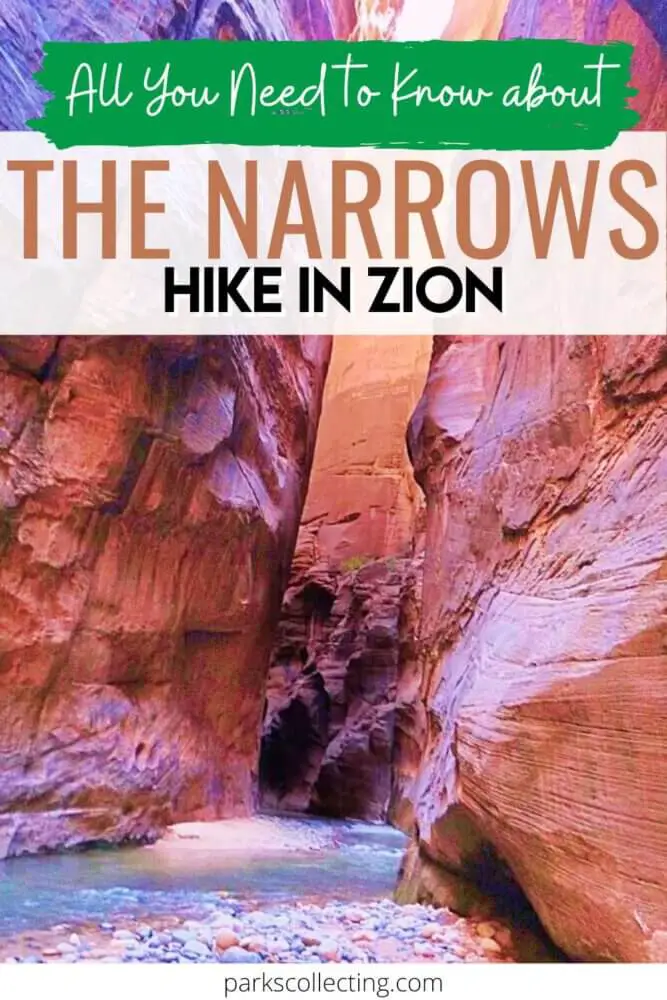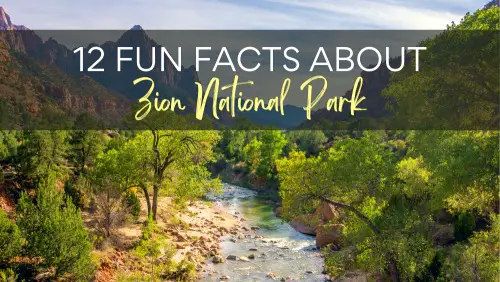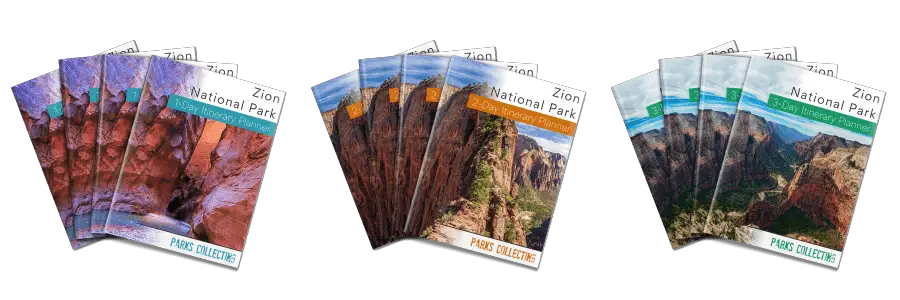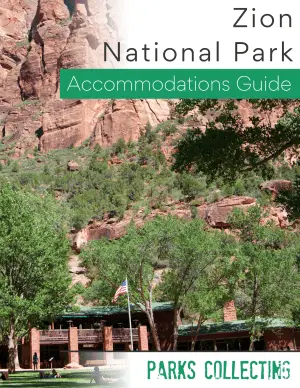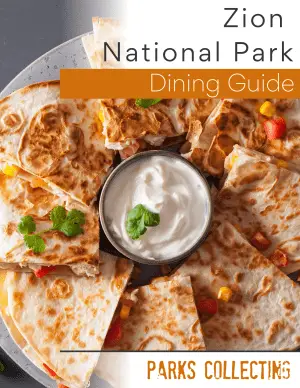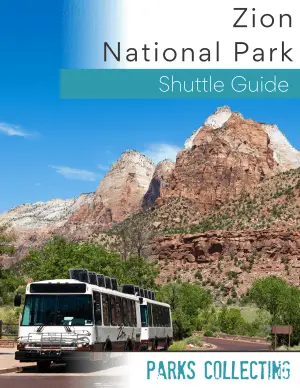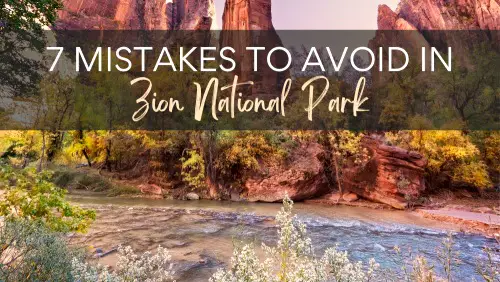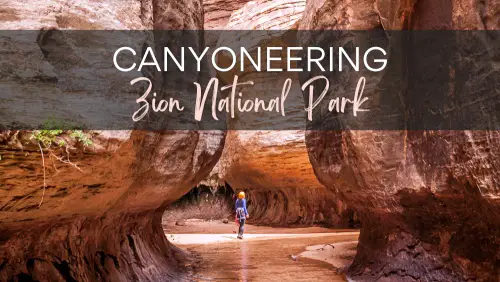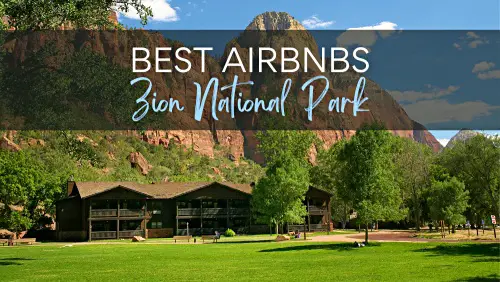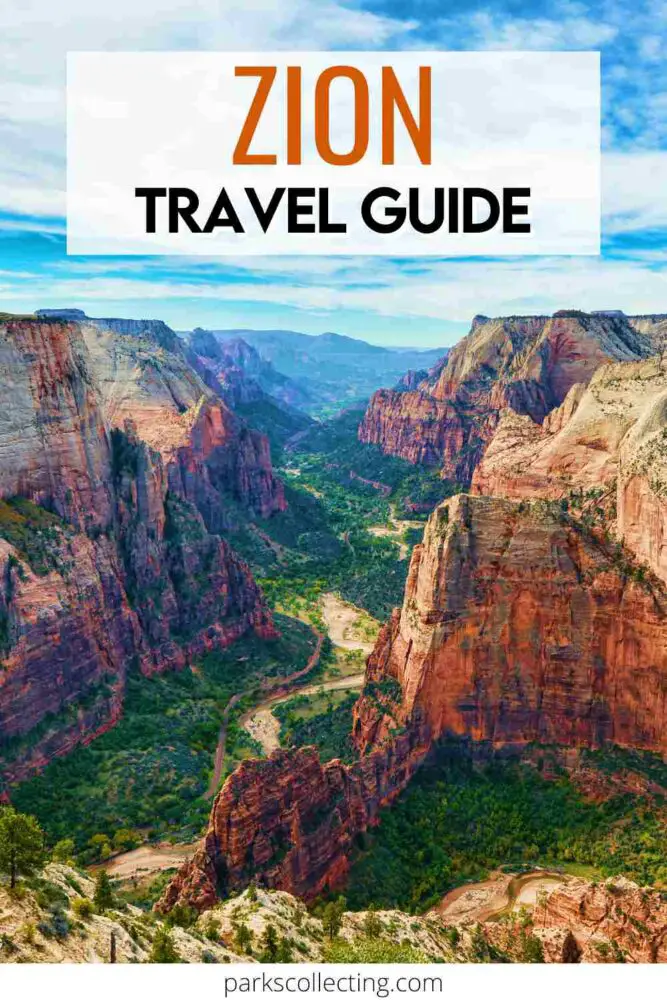At almost 250 by 350 feet (76m x 106m), the Grand Prismatic Spring is the largest hot spring in the United States (and the third largest in the world). Located in the Midway Geyser Basin, it is the biggest and brightest of the many colored pools in Yellowstone National Park.
It is bright blue, but changes color through the year. The colors are a result of microbes in the water and they change depending on the temperature of the water. In summer the edges are more orange and in winter they are usually dark green.
No matter what time of year you go, it is stunning.
TOP TOUR FROM JACKSON: Book a full-day tour now
TOP HOTEL PICK IN WEST YELLOWSTONE: Check availability now
FIND THE CHEAPEST CAR RENTAL: Search Discover Cars for the best deals
FIND THE CHEAPEST FLIGHTS: Search Skyscanner for the best deals
GET TRAVEL INSURANCE: Get insured with Travelex before you go
TAKE AN AUDIO TOUR: Buy an audio tour now
No time right now to read about where to find the best view of Grand Prismatic Spring, Yellowstone National Park (hint: it’s from the Grand Prismatic Spring Overlook Trail)? Pin it and save it for later:
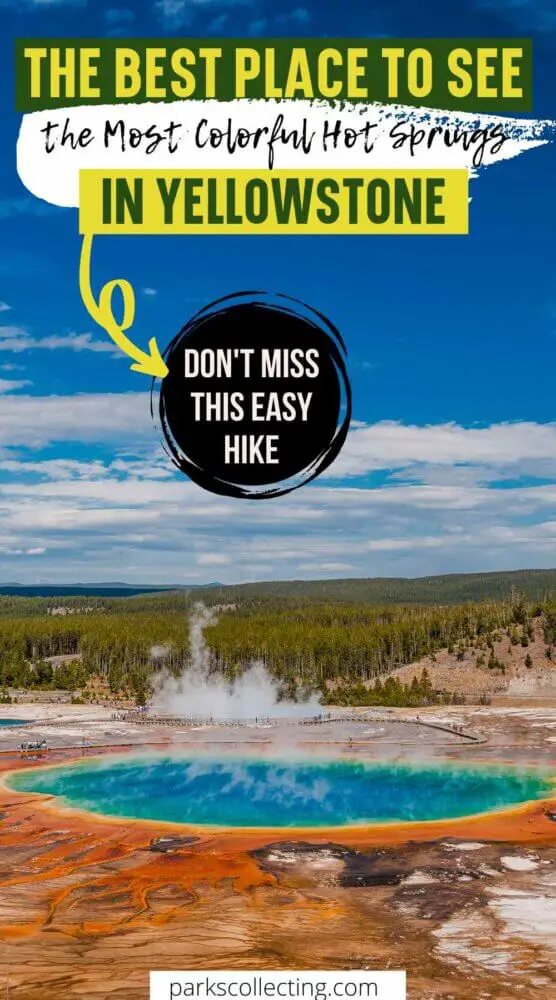
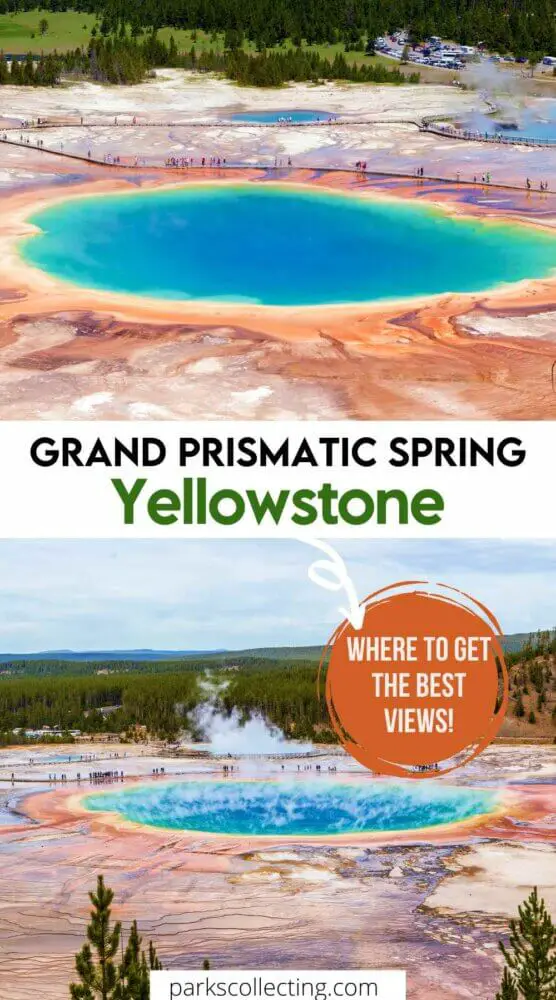
Please note that some of the links below may be affiliate links. If you make a purchase through these links, I earn a small commission at no additional cost to you. Read my Disclosure for more information.
Subscribe to monthly updates with tips for planning, travel inspiration and trip ideas and get instant access to the free PDF of this
Guide the Grand Prismatic Spring Overlook Trail
The Best View of Grand Prismatic Spring, Yellowstone National Park, WY
There are so many great hikes in American national parks, but there is no park quite like Yellowstone. Full of incredible geothermal phenomena like geysers, colored pools and bubbling mud pots; home to herds of bison and wolves; and the site of some of the most incredible waterfalls in the United States, this park has a lot to offer.
The biggest and most colorful hot spring is Grand Prismatic Spring and it is absolutely not to be missed.
There are two ways for you to experience the Grand Prismatic Spring.
- The Midway Geyser Basin boardwalk goes around the edges of the giant hot spring, giving you a close up look
- The Giant Prismatic Spring Overlook Trail gives you an ‘aerial’ view. This is the classic view that you see in photos.
The Boardwalk
This guide is mostly about the Grand Prismatic overlook trail, but let’s first take a quick look at the boardwalk.
The Grand Prismatic Spring boardwalk is a one-way 0.8 mile/ 1.3 km loop goes along one edge of the Grand Prismatic Hot Spring and to several other nearby much smaller springs Opal Pool and Excelsior Geyser Crater. You can see the hot spring water joining the Firehole River in a gush of steam, which is very cool.
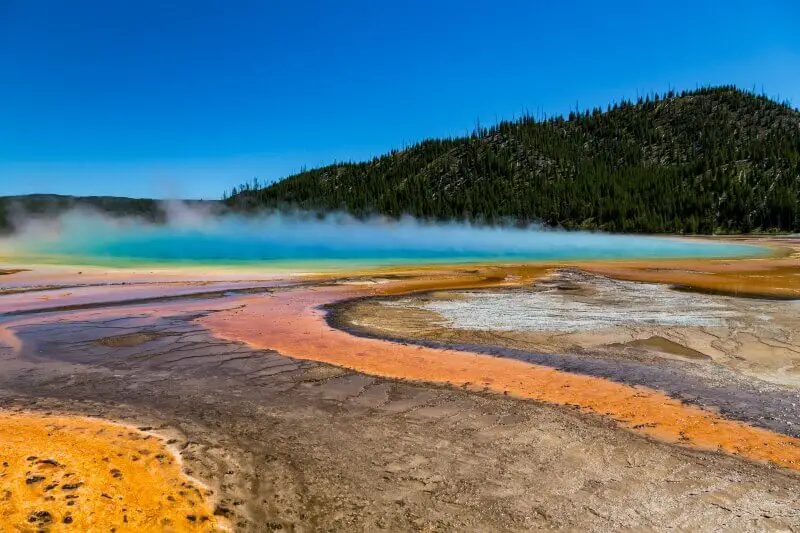
It’s nice to see the colors up close, but to see the classic view of the whole pools, with rays of color extended in swirls like a multi-colored sun, you will need to take the Overlook Trail.
Is the Grand Prismatic Spring dangerous? Yes. That’s why the boardwalk is there. How hot is the Grand Prismatic Spring? It’s 160 °F (70 °C). It may look tempting, but at Grand Prismatic Spring, swimming is NOT an option.
A note about parking for the boardwalk
You will need to park at the Midway Geyser Basin for the boardwalk. Considering that Grand Prismatic Spring is one of the highlights of Yellowstone, the parking lot is very small. Consequently, finding a parking spot can be like hitting the jackpot. If you find a spot on the side of the road nearby, nab it!
Subscribe to monthly updates with tips for planning, travel inspiration and trip ideas and get instant access to the free PDF of this
Guide the Grand Prismatic Spring Overlook Trail
If you are planning to visit Yellowstone in spring, summer or fall, make your planning easy and stress free with a detailed itinerary. I have 1-, 2-, 3-, and 4-day itineraries for Yellowstone that include all the park highlights, give you choices based on your preferred activity level and take all the stress out of planning your trip.
The Grand Prismatic Spring Overlook Trail Overview
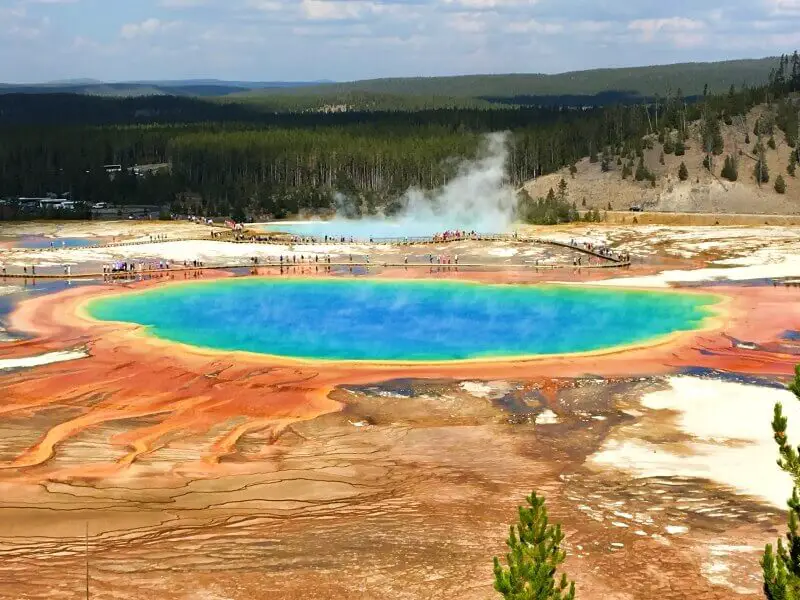
Grand Prismatic Spring Overlook Trail Details
- Trail length: 0.6 miles/ 1 km each way (1.2 miles/ 2km roundtrip) out-and-back trail. The Fairy Falls Trail is 2.5 miles/ 4km each way (5 miles/ 8km round trip)
- Duration: It takes about 20 minutes to walk to the overlook, then another 20 minutes to return, plus time at the lookout. If you decide to continue on to Fairy Falls, the Fairy Falls Trail takes about2.5-3 hours.
- Elevation Change: 105 feet/ 32m
- Difficulty: Easy to moderate
When is the trail open?
The trail is in a Bear Management Area and is closed March – Memorial Day. The park’s Grand Loop Road is actually closed for the winter early November through to May. So, the trail is generally open late May to early November, though this can vary from year to year depending on the snow. If you are planning to go in late spring or fall, check the park’s website for road closures.
Where is the Grand Prismatic Spring in Yellowstone?
The Grand Prismatic Spring location is in the Midway Geyser Basin in the western part of the northern loop.
It’s sometimes called the Grand Prismatic Geyser or the Grand Prismatic Pool, Yellowstone or even Grand Prismatic Lake, Yellowstone Park, but it is actually a hot spring.
Where is Grand Prismatic Spring Overlook trailhead?
The Grand Prismatic Spring trail head is the same as the Fairy Falls Trailhead. It’s about a mile (1.6 km) south of Midway Geyser Basin parking area.
Parking for the Grand Prismatic Spring Overlook Trail
Parking is at the Fairy Falls Parking Lot, NOT the Grand Prismatic Springs/ Midway Geyser Basin parking lot (that is for the boardwalk, a mile away; there is no trail from the Grand Prismatic Springs parking area to the Overlook trail).
The Fairy Falls parking lot is larger, but this trail is very popular and it gets full. You can check the park’s website for current parking conditions, but I recommend taking your chances – keep driving around until you see someone heading to their car and follow them!
Note that RVs, buses and trailers aren’t allowed to park in this parking area.
When is the best time to hike the Grand Prismatic Spring Overlook trail?
It may be tempting to go early to beat the crowds, but this is one place that doesn’t pay off. The thermal pools in Yellowstone – and the Grand Prismatic, Yellowstone is no exception – are typically shrouded in mist in the morning. The most usually doesn’t burn off until around noon.
So, you should time your visit for the afternoon. This is true of all of the colored pools. It would be disappointing to go all that way and not see the colors in all their splendor.
For the best experience, visit after midday, once the mist burns off. Yes, it will be crowded, but it is worth it to see these colors.
The Great Prismatic Spring Overlook Trail is actually part of the Fairy Falls Trail, so if you want to hike to the falls, a good option would be to hike straight to the falls in the morning, then go to the overlook n the way back, around noon. That way you avoid the worst of the parking crunch, see the falls and see the spring without the mist.
What to take on the Grand Prismatic Spring hike?
The Yellowstone Grand Prismatic Spring hike is short and easy, so you don’t need any special hiking gear (hiking sandals, walking sandals or hiking shoes are all fine). However, there is little shade and this is bear country, so I recommend:
- Sunscreen. Buy some on Amazon here
- Water. I love the Que bottles – they collapse down when empty and expand to a greater size when they’re full. Check prices on Amazon here
- A sun hat. I don’t love hats, to be honest, but always wear a sun hat when hiking (my slightly thinning hair may have something to do with it, but you should wear one anyway!) I wear this one from Amazon
- Bear spray: This is bear country and it is always best to be prepared, just in case. You can choose either bear spray (get some here) or a bear bell
- Binoculars or Spotting Scope.
You won’t need them to see the stunning view of the springs, but it is cool to see the boardwalk up close as well as where the hot springs meet the river and even some wildlife, for which you will need binoculars. The best binoculars for the money/ best binoculars under $300 are the Vortex Optics Diamondback 10×42 Roof Prism Binoculars (check them out on Amazon). For cheaper options, read my detailed guides to buying the best binoculars under $200 and the best binoculars under $100.
For even better visuals, invest in a spotting scope. Read my Guide to the Best Spotting Scopes for Wildlife Viewing for more details.
Additional hiking resources
When hiking in Yellowstone, check out these useful resources:
- Hiking Guide for Beginners
- How to Read Hiking Trail Markers
- Hiking Etiquette
- Day Hike packing List
- Best Hiking Gear for Beginners
Subscribe to monthly updates with tips for planning, travel inspiration and trip ideas and get instant access to the free PDF of this
Guide the Grand Prismatic Spring Overlook Trail
Grand Prismatic Spring Overlook Trail Description
The trail was only opened in 2018. Prior to that, people scrambled up the hill to get an ‘aerial’ view of the spring. Obviously, that was not great, so we are lucky this trail exists!
The Start of the trail
For most of the trail it is the same trail as the Fairy Falls Trail. Start along the wide, flat trail from the parking lot. The Grand Prismatic Spring is off in the distance to your right (you can’t see it from here though).
After about 0.5 miles/ 800m, you will see a sign indicating the Overlook Trail. It is easy to see – plus most people will be going/ coming that way.
Take the turn off to the left. This is the actual overlook trail. It soon starts to climb. I saw a fox right here along the trail – it got incredibly close, which was very cool.
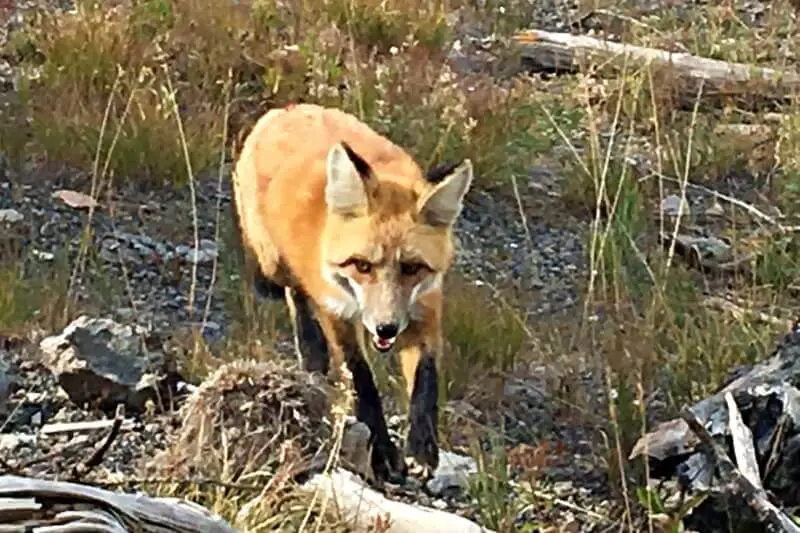
The trail starts with a gradual climb, but then does get steep in parts. The climb is short, but can be slippery, so it’s better to wear proper hiking shoes.
The best view of Grand Prismatic Spring, Yellowstone National Park, WY
Before long, you will come to the viewing platform. There are incredible views of the Grand Prismatic spring from there. It is often pretty crowded, but when I was there, people were pretty good about taking turns to take photos and have their photos taken.
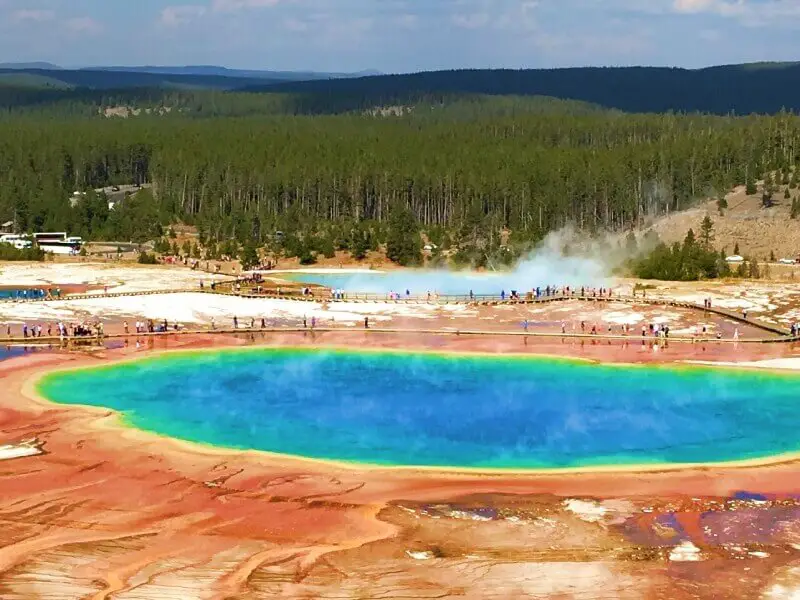
Returning/ Continuing on to Fairy Falls
To return, you have two options. You can go back the way you came to the parking lot, which is what most people do. However, you can also continue on to Fairy Falls (if you took my advice, you would actually do this whole thing in reverse and go to Fairy falls first, but let’s assume you went to the Overlook first).
If you are going straight back to the parking area, turn left. If you decide to continue on to Fairy falls, turn right. The overlook Trail is actually a side trail loop from the main Fairy Falls Trail, so rather than backtrack, you can continue in the same direction and will take you down a short switchback back to the main trail, but further along.
When you reach the flat Fairy Falls Trail again, turn left and continue along. Less than half a mile along, there is a sign to Fairy Falls. Follow the sign to turn left. It’s another 1.6 miles to the falls. The trail stays flat, but goes through some lodgepole forest.
At 197 feet/ 60m, Fairy Falls are some of the tallest waterfalls in Yellowstone and make a lovely spot for lunch.
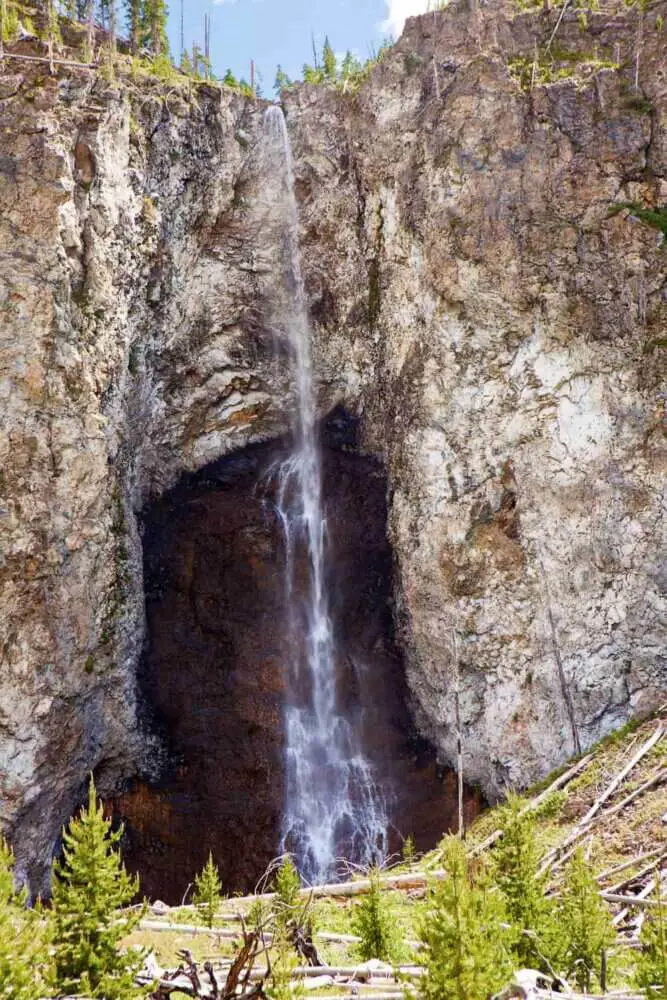
You can continue another 0.75 miles/ 1.2 km to Imperial Geyser.
The Grand Prismatic Spring Overlook Trail Map
Check this Yellowstone Grand Prismatic Spring map for trail details and to see how to get to Grand Prismatic Spring.
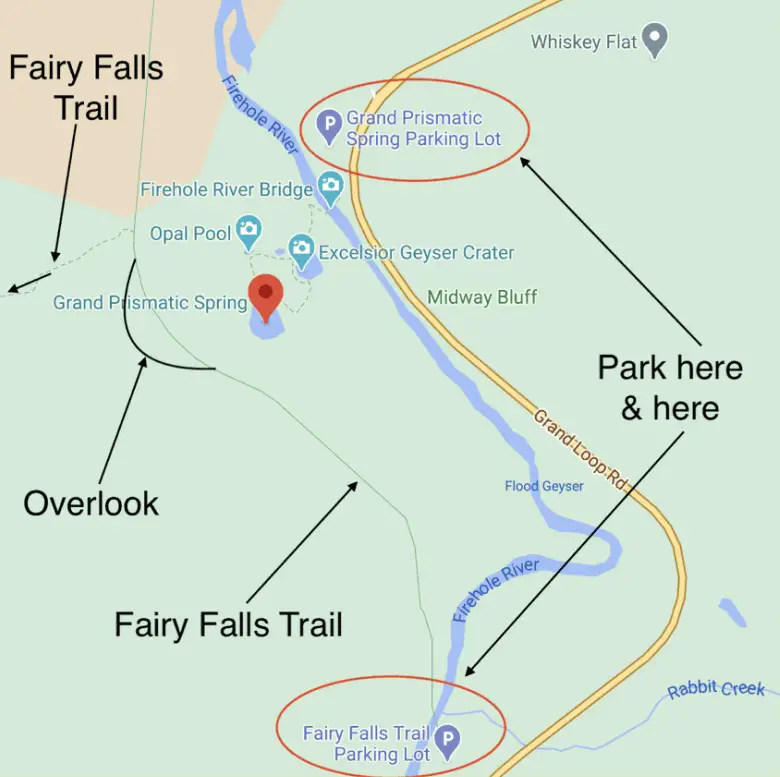
The Verdict: Grand Prismatic Spring Hot Springs Overlook
This trail provides a much better view of the Grand Prismatic Spring than the boardwalk – if you are short for time and have to choose between the two, you should absolutely choose the overlook.
You will probably have a chance to get close to other colored springs, so it wouldn’t be too terrible to skip the boardwalk IF you are short on time, but it would be a real shame to miss the view from the overlook.
Travel Insurance
You should always travel with travel insurance. If in doubt, read my Guide to Travel Insurance for the full low down.
A great insurance option is Travelex. It has coverage for all you’ll need. You can swap this link for either choose the best travel insurance plan for your trip here or get a quote right now:
Happy hiking!
Do you have any favorite hikes in Yellowstone? I’d love to hear about them. Join my private Facebook group National Parks Collectors and comment and let me know.
If you are in the middle of planning a trip to Yellowstone, there is an easier way. I’ve created extremely detailed 1-, 2-, 3-, and 4-day itineraries for Yellowstone (and 1-3-day itineraries for Grand Teton National park. They take all the stress out of planning your trip and give you a detailed (and flexible) plan to follow for your trip. Check them out here.
Where to Stay in Yellowstone
If you want to avoid the expense of lodgings inside the park, then staying in an Airbnb just outside the park entrance is a great option. Check out some great vacation rentals near Yellowstone here.
If you prefer camping, read my Complete Guide to Camping in Yellowstone for details of all of the campgrounds inside the park, tips and how to make reservations.
If you are looking to save even more money, here are some great suggestions for free camping in Yellowstone.
Are you just starting to think about taking a national parks trip? Get Inspiration
Are you starting to plan a trip to Yellowstone National Park? Read my Guide to Yellowstone National Park
Do you want a ready-made super detailed plan for your trip to Yellowstone? Get a detailed 1 – 4-day Yellowstone National Park Itinerary
Are you looking for a place to stay near Yellowstone National Park? Find a vacation rental near Yellowstone National Park
Are you ready to book your trip? Use these Planning and Booking Resources
Do you want to read a book about Yellowstone National Park? Check out my Recommended Reading List for Yellowstone National Park
If you are also planning to visit the Grand Tetons, read my Guide to Grand Teton National Park and get a detailed Grand Teton itinerary.
Subscribe to monthly updates with tips for planning, travel inspiration and trip ideas and get instant access to the free PDF of this
Guide the Grand Prismatic Spring Overlook Trail
If you liked this post, please share the love and Pin it to your Yellowstone National Park board!


About the Author
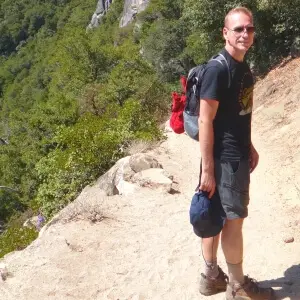
James Ian has traveled to 82 countries and all 7 continents. He has visited all of the main national parks in the United States, as well as many national monuments and state parks.
He has rafted through the Grand Canyon; rappelled down slot canyons near Zion and Arches; hiked among the hoodoos in Bryce and the enormous trees in Sequoia; admired the waterfalls in Yosemite and the colored hot springs in Yellowstone; seen moose in Grand Tetons and seals in the Channel Islands, and much more.
Parks Collecting is a participant in the Amazon.com Services LLC Associates Program, an affiliate advertising program designed to provide a means for sites to earn advertising fees by advertising and linking to amazon.com. Amazon and the Amazon logo are trademarks of Amazon.com, Inc. or its affiliates. As an Amazon Associate I earn from qualifying purchases.

